.
Nothing gets automotive journalists more excited than a new car model. Like welcoming a new baby to the family, or a new member of the family via marriage, new launches is like the proverbial Forrest Gump where life is like a next generation vehicle, you’ll never know what you’re going to get. Especially so with the new Volkswagen Golf. With 29 million cars produced for the past 36 years, the Golf has been regarded as one of the world’s most iconic and successful car …. replacing each generation is no light matter as each new car must build on the success of earlier models, improve on it while at the same time not straying too far from the core value it represents. So what is the core value of “The Car”?
.
A car good enough for everyday use. A car that makes no statements about who, how old, what gender you are. A classless car that does not say you’re rich or poor. A car that you need not look anywhere else to satisfy all your needs in a vehicle. A car that impresses our gf as much as your gf’s grandmother.
.
And the Mk VII has certainly passed all those requirements and in some places even bettering the Mk VI. Lets look in detail how the Seven measures up against the Six … by the end of this article, you’d probably had wished you hadn’t read this since almost every small detail will be covered. Be forewarned ; this article contains more than 80 pictures and is as long as traffic on a rainy Monday evening. Enjoy!
.
.
Design
.
.
.
.
At first glance, you probably couldn’t tell the difference between a 7 and a 6. This was evident as I invited a friend to tea one day and he missed the 7 parked right opposite him. Can’t blame him since the design difference is rather subtle as you can see above.
.
.
Viewed from the front, the difference is as subtle as one wave from another in a beach in Hawaii. The similarity is largely due to the fact that all elements found in the 6 is also found in the 7 but altered slightly in dimension and form.
.
.
The most notable difference at the headlamps are the LED DRLs which are light bars instead of individual LED “dots”. The housing has been stretched a little towards the center grille and this, coupled with the squarish headlight and signal light which is now at the bottom of the housing makes the headlamp look squatter than it really is.
.
.
The fog light design has also been changed from oval to rectangular.
.
.
The crease lines on the bonnet has been inverted …. from a negative surface to a positive one in the 7 which lends an impression of a bulky, powerful front. Personally, I just think the designers didn’t want to mess the original design too much.
.
.
The 7 is 56mm longer, 13mm wider and 28mm lower compared to the 6; when you take out a ruler and actually measure the length, you’d realize it’s really nothing much to shout about. Let me put it in another angle for you; the 7 is 1.3% longer, 0.7% wider and 1.9% lower compared to its predecessor. The wheelbase is now 2.3% longer at 2,637mm. Impressed yet? Duh.
.
Looking at the 7 and 6 from the sides, you’d be forgiven if it took you more than a second to try to find the difference. What’s not so obvious in the picture of my 6 I took (in case by now you don’t know which is the 6, it’s the red one) is that there is a line running from the front wheel arch all the way to the rear tail lamps. Without any lines marring its surface, the 7’s C pillars look thicker and appears more solid.
.
The front wheels has been moved 43mm further forward which creates an image of a longer bonnet & cabin moved backwards
.
.
The character lines are now found below the door handles instead of above it on the 6. This serves to accentuate the impression of a car with a lowered center of gravity.
.
.
The side mirrors of the 7 are slimmer, presumably to reduce drag. What’s great to note is that the side mirrors now automatically fold when one locks the car (to fold the side mirrors on the 6, the driver needs to do it manually) and unlike the Peugeot 308 which automatically unfold when the driver unlocks the car, the Golf only unfolds when the engine is ignited. This is far more preferred compared to the Pug as I cannot recall how many times I unlocked my car with the intention of taking some things from it or placing something within with no intention of driving. All the folding/unfolding got more than 1 owner worried about the motor’s durability (although to be fair, I’ve not heard of a case where the 308 owner needed to change the mirror motors). At least with the Golf, it would consume less power in unlocking the doors.
.
.
What is also obvious is the rim design. Although both 6 and 7 uses the same 205/55 R16, some might argue that the ‘Dover’ alloy wheels design is boring but really, cleaning the wheels of the ‘Atlanta’ design as found on the 6 can be a real pain.
.
.
We’ve seen more than a few circular or round fuel lids but a tilted rectangular lid is much rarer.
.
.
.
Ok, I’ve done some modification on my 6 so there are 3 things that is not original in the first picture; the spoiler, Golf R tail lights and exhaust tail pipes are additions. If you see a Golf from the back, the difference is much more obvious compared to the front. If you look at the bottom, you’ll see the rear bottom diffuser is now widened to almost the entire length of the bumper which hides the tail pipes somewhat.
.
.
The original 6 tail lights are semi-circular whereas the 7’s twin ‘L’ light bars resembles the R’s tail lights, albeit straighter and shorter. As evident in the picture above, the tail lamp cluster is narrower, tapering towards the center to further enhance the lowered look of the car.
.
.
Just for good measure on the lowered look, a crease line can be found in the 7 (where absent in the 6) which divides the boot to two.
.
.
Performance
.
The Mk VI’s 1.4litre TSi engine
.
The Mk VII 1.4litre TSi engine
.
Gone is the 6’s EA111 twin charged (supercharged and turbocharged) 160PS/240Nm engine. In its place is a newly developed 1.4litre TSi turbocharged-only engine, producing 140PS and 250Nm worth of torque from 1,500 – 3,500rpm. Zero to hundred is achieved in 8.4 seconds vs the Mk VI’s 8 seconds. Indeed, the 20PS deficit isn’t that greatly felt at low speed because part of the improvements made on the 7 is tremendous weight savings. The engine alone is 40kg lighter and this translates to a more agile feel when moving from standstill. Although low speed is assisted by a supercharger in the Mk VI’s engine, the effect is somewhat offset by gravity. It’s a good give and take.
.
The only time when the missing 20PS is keenly felt is when accelerating from 180kph onwards. In the 6, pulling all the way to its max speed of 220kph is much more effortless compared to the 7’s push to its maximum of 212kph. If you frequent the North South Expressway and have a habit of gunning down Camries and Accords, then the 6 is a better car to smoke them. The 7 can do the same, just that your passengers spends more time side by side looking at the car you’re over taking.
.
.
Ride and Handling
.
If you’ve never understood the impact weight has on the overall driving experience of a car, then you’d need to test the 6 and 7 in quick succession to know how much it means, particularly in the ride and handling aspects. With the 7 being the first VW model to utilize the group’s Modular Transverse Matrix (or MQB of short) platform, there are significant difference between it and its predecessor.
.
The 7 handles like a girl (or a guy) ready to make love to you. The level of intimacy it offers brings to mind how it was like when we were young …. agile, eager and lots and lots of hours of playfulness instead of just “getting there”. The improved rigidity of the suspension system coupled with the weight loss makes driving it around corners much more confident inspiring. You won’t notice what speed you’re traveling on as the car seems to be glued to the tarmac, no doubt the result of adding the extended electronic differential lock (XDS) which monitors wheel spin and shift torques between wheels and previously only found in the GTi.
.
With the weight reduced up front and the engine mounted 12 degrees inclined towards the firewall (which then moves the center of rotation closer to the center), the effect of understeer (car direction turning less than where you want it to go) is minimized, allowing you to push it faster and faster.
.
Noise, vibration and harshness has also been improved and it is obvious in the 7 compared to the 6. The quietness and refinement is one of the best, if not the best non-luxury car.
.
.
Cabin Convenience
.
Mk VI’s cabin layout
Mk VII’s layout
.
For once the cabin layout is different from the usual layout. Both 6 and 7 makes extensive use of soft plastics on their dashboards and fit and finish remains excellent. The center controls are now angled slightly towards the driver whereas the 6’s are flushed forward. Some has remarked that despite looking all high end, all the brushed aluminum you see in the front are actually hard plastics and this may cheapen the overall feel of the cabin. Personally, I’m perfectly find with how it looks. Do note that like the rear end of my car, I have added the Volkswagen RNS 510 radio and navigation system head unit complete with Bluetooth. The original head unit has no Bluetooth nor touchscreens, certainly no navigation.
.
.
The conventional circular steering wheel in the Mk VI is modernized with a flat-bottomed leather wrapped steering. The thing I don’t quite appreciate is the use of finger-print-magnet black plastics; it’s almost as annoying to see as finger prints on glasses.
.
.
In designing the Mk VII, I suspect the designers at Wolfsburg had one goal in mind; make everything that’s practical in the Mk VI more practical! So everything from the angled center console to other little bits of technology focuses a lot on ergonomics. So much so that sometimes, the basic form of certain controls may be forgotten. Take the controls found on the steering for example; the 6 has all the audio button controls on the left side but on the same side, the 7 has cruise controls and audio volume.
.
.
It’s rare to find a manufacturer splitting the audio controls to both sides. The right side on the 6 has all the Multi Info Display controls whereas the 7 controls audio channel/track controls as well as the MID. Not so intuitive for first timers.
.
.
What I truly liked is the little things like how they’ve created a small ledge on the left & right stalks, giving better tact of feel whenever we swipe up or down. It makes perfect sense as whenever we use the stalks, our fingers are in contact horizontally and the additional surface contact makes it more reassuring to use. A small yet meaningful difference.
.
.
The digital read out in the 7 (the lower picture above) is larger, making it easier to read the information there. Also not found in the 6 is an A icon found on the upper right. That’s the automatic engine start/stop system with regenerative braking. Once the brakes are fully depressed, the engine would automatically shut down to conserve fuel. This feature is often found in hybrids and to see it making way into the Golf is welcoming.
.
In case you’re wondering if this stresses the battery too much since the alternator is not active when the engine is off, the system will automatically start when the following situation occurs:-
- cabin temperature substantially increases or decreases
- the vehicle rolls on
- the voltage of the vehicle’s battery falls
- the steering wheel is moved
.
So don’t worry …. the system is intelligent enough not to cause premature battery failure. Important to remember: if you happen to find yourself stuck in a flood in KL, turn off this feature. You don’t want to have the engine automatically die on you when you needed it to keep revving. Deactivating this feature is as simple as pressing a button near the gearbox.
.
.
The position of the lights have also changed where previously, the 12 oclock position is to activate the “auto light”, it is now the ‘off’ position. Not sure why the designers needed us to twist more to reach manually turn on the main headlight and from there pull to activate front and rear fog lights. I thought the previous design was just fine.
.
.
What I truly dislike is the key blade orientation. The one on the right is the Mk VI and it is perpendicular to the buttons. It’s easy to insert with this position as most of the time, we would be holding the remote with our thumbs in contact with the buttons and we just slide the key in. In the 7 (the one on the left), the blade is now in line with the buttons which means we need to twist the key 90deg to insert the key into the slot.
.
.
Oh look, we now get an SD card slot in that small compartment below the headlight switch. I often wondered where to dump my cards if my media is saved in them. Compared to the 6, this compartment is smaller in the 7. The Smart Tag fits snugly in the lower picture above whereas in the 6, I could probably stuff a packet of cigarette in there as well.
.
.
Now this is the biggest ergonomic ‘setback’ I encountered in the 7; in the 6, the controls for the power windows are found on top, above the inner door handles. The controls for the 7 however are found behind the handles and with the position being in the center of the door, you’d often be brushing your fingers against the door handle instead of instinctively hitting the button you want. At least I wouldn’t be fiddling with the side mirror knobs as often now since the mirrors auto fold upon locking.
.
.
One very practical improvement is the visibility of the A pillars. Incorporating a small triangle glass, drivers can now see any small objects that is otherwise hidden by the huge piece as seen in the 6. The side mirrors are a bit smaller in the 7 as you can see above and takes a bit of getting used to.
.
.
Neater and cleaner, as I have said earlier, the RNS 510 head unit is not standard in the Mk VI. But touchscreen equipped vs touchscreen equipped, the center console in my 6 does offer a rather equivalent comparison. The Mk VII’s console design theme appears to aim for minimalism. Make it as simple as possible, as idiot proof as possible. It kinda reminds me of a Passat interior a bit, no?
.
.
While we’re at the issue of the head unit, I love the Park Pilot interface many times more than the Optical Parking System (OPS) found in the RNS510. The yellow highlight found on the Park Pilot interface is dynamic; this means depending on how you turn the steering wheel, the highlight flexes accordingly, marking the path of your vehicle and alerting you of any potential obstacles. No reverse camera but no less impressive.
.
.
The 5.8″ colored touchscreen system is quite a party piece; it does almost everything except play video and navigate. Something that never fails to wow me is the touchscreen is able to sense your finger as it approaches, bringing up sub-menus before you even touch the screen. This then keeps the graphic user interface neat and simple.
.
The 7 is also the first Volkswagen model to be launched with a factory fitted Bluetooth module. All others, even the half million ringgit Touareg Hybrid does not have Bluetooth in its arsenal. Funny how this little feature, something supposedly common in most offerings today made my day when I discovered it! The Bluetooth has A2DP profile which means you can stream not only your calls through the 8 speaker system of the car, you can also listen to any audio stored in your phone. Do note that video format audio sounds a little muted but voice calls are as clear as an earpiece.
.
.
Both 6 and 7 has ‘Climatronic’ 2-zone air conditioning system but the 7 has moved to the digital age with a digital read out of the selected temperature whereas the dials on the 6 are analog. If (like mine) installed with an RNS/RCD510, the Climatronic selected temperature is also displayed on the head unit if the option is selected on it.
.
.
Sport Mode is no longer a slot below ‘D’ in the 7 unlike the 6. Nudge it down once to activate ‘S’ mode and nudge it down again to deactivate. Simplified.
.
Mk VI’s glove compartment
Mk VII’s compartment
.
The glove compartment has been shrunk somewhat and this is largely due to the empty space which was originally used as a slot to place the service booklet & instruction manual. VW must have guessed that most people won’t keep the manual in their cars and made better use of that space by placing the CD and SD card insertion slots there.
.
.
Because handbrakes are too mainstream; the Mk VII now uses an electronic parking brake. Not only that, select ‘Auto Hold” and each time when you come to a stop at the traffic lights, you need not slot your gear to ‘N’ as the e-Brake will automatically engage when you stop. Auto engine stop will not engage though if your foot is not on the brakes.
.
.
The cigarette lighter which was originally hidden in the compartment in front of the gear knob below the air conditioning controls have been brought out to where the handbrake used to be. In the same spot in the Mk VII you’ll now find a small compartment (presumably to hold spare coins), a USB slot and the AUX-in port.
.
.
Rear air conditioning vents are standard in both 6 and 7 but the 6 has cup holders below its vents. The 7 places its holders in the rear center arm rest.
.
.
No surprises at the back …. things are where they are supposed to be.
.
.
This is the amount of legroom I had after adjusting the front seats to my 178cm frame. Now, I know the wheelbase for the 7 is longer than the 6 but try as I might, I cannot see that few cm of space between my knee and the front seats after adjusting the driving position to be similar to what I did with the 7. To me, both 6 and 7 offers ample rear legroom.
.
.
Boot space has been improved by 30litres to 380 in the 7 and looking at the pictures above, most of the space seem to come from the side walls. Also, the floor is now lower than the 6 so moving heavy objects in is done easier.
.
.
Both 6 and 7 offers space saving spares
.
.
Safety
.
The local Mk VI 1.4litre TSi gets the following safety features:-
.
- 3-point seat belts for all 5 seats (present in the Mk VI)
- Anti-lock braking system ABS with brake assist BA (present in the Mk VI)
- Anti-theft alarm system with tilt and interior motion sensor (NOT present in the Mk VI)
- Curtain airbag system for front and rear passenger including side airbags at the front (present in the Mk VI)
- Driver and front passenger airbags with front passenger airbag deactivation, including knee airbag on driver’s side (present in the Mk VI)
- Electronic stabilisation control (ESC) (present in the Mk VI)
- Extended electronic differential lock EDL (present in the Mk VI)
- Flat tyre indicator (NOT present in the Mk VI)
- ISOFIX anchorage system for child seat (present in the Mk VI)
- Multi-collision brake system (NOT present in the Mk VI)
- Park distance control (front & rear) (present in the Mk VI)
- Rain sensor (present in the Mk VI)
- Safety-optimised front head restraints (present in the Mk VI)
.
.
Specifications
.
Interior
.
- 380litres of luggage compartment space
- 5.8″ ‘Composition Media’ color touch screen radio with USB, AUX-In and SD card slot
- 8 speakers
- Bluetooth connection
- 60:40 split folding rear seat backrest with load-through provision and center armrest, 2 cup holders
- Auto dimming interior rear view mirror
- Chrome interior package
- ‘Climatronic’ air-conditioning system with 2-zone temperature control
- Cruise control with speed limiter
- ‘Dark silver-brushed’ decorative inserts on dashboard and centre console
- Drawer compartments under front seats
- Electronic parking brake with auto hold function
- Front centre armrest with storage box
- Front seats with lumbar supports
- Glove compartment with cooling system
- Leather 3-spoke multi-function steering wheel with paddle shift control
- Leather gear shift knob
- Multi-function display ‘Plus’
- Overhead storage compartment with lid
- Rear air vents
- Seat upholstery in ‘Zoom/Merlin’ fabric
.
Exterior
.
- Auto headlight activation with ‘Leaving Home’ and manual ‘Coming Home’ function
- Bi-Xenon headlights with LED daytime running lights
- Chrome grille
- ‘Dover’ alloy wheels – 16″ x 6.5J tires – 205/55 R16
- Dynamic headlight range-adjustment with dynamic bending light
- Electronically foldable and adjustable exterior mirror with environment lighting and curb view
- Front fog lights with cornering lights
- Heat-insulating green tinted glass
- Rear fog lights
.
.
Ownership and Maintenance
.
The Golf Mk VII 1.4litre TSi costs RM157,888 OTR without insurance. That’s slightly more than the Mk VI standard and about the same price as the Mk VI Special Edition so the pricing is pretty much within expectations, especially considering the improvements it has over the Mk VI. Like all Volkswagen models sold here, the Golf comes with a 5-years unlimited mileage warranty.
.
Is it worth it? I think so, yes. For all the little improvements it has made and the excellent fuel consumption rating it has. I made a trip to Malacca and upon reaching the town, I got the following range indication:-
.
.
900km per 50litres of tank? That’s 100km more than what I would have gotten on my 6 for a 100% highway journey.
.
As for the service interval, it’s done every 15,000km (or 1 year whichever comes first). Though I do not have the actual service amount, I do have the 6’s and sources tell me it should be quite similar despite the loss of the supercharger which doesn’t require much service anyway:-
.
All in all, the Mk VII has certainly wow-ed me just when I thought they couldn’t do better with the Mk VI (well, aside from improving the durability of the DSG issues). In terms of power, the 7 will lose out to the 6 … but on all other aspects that makes up for the driving experience, the 7 undoubtedly comes up tops.
.
.
Anyone wants a 2nd hand Mk VI? We can always talk about the price …..
.
.
.
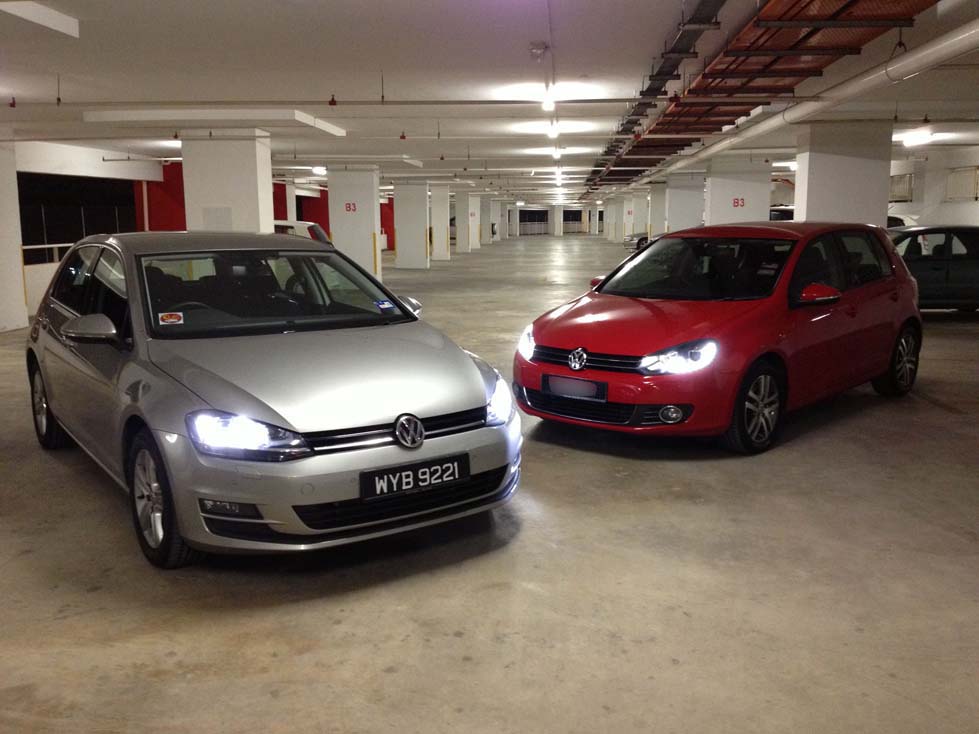


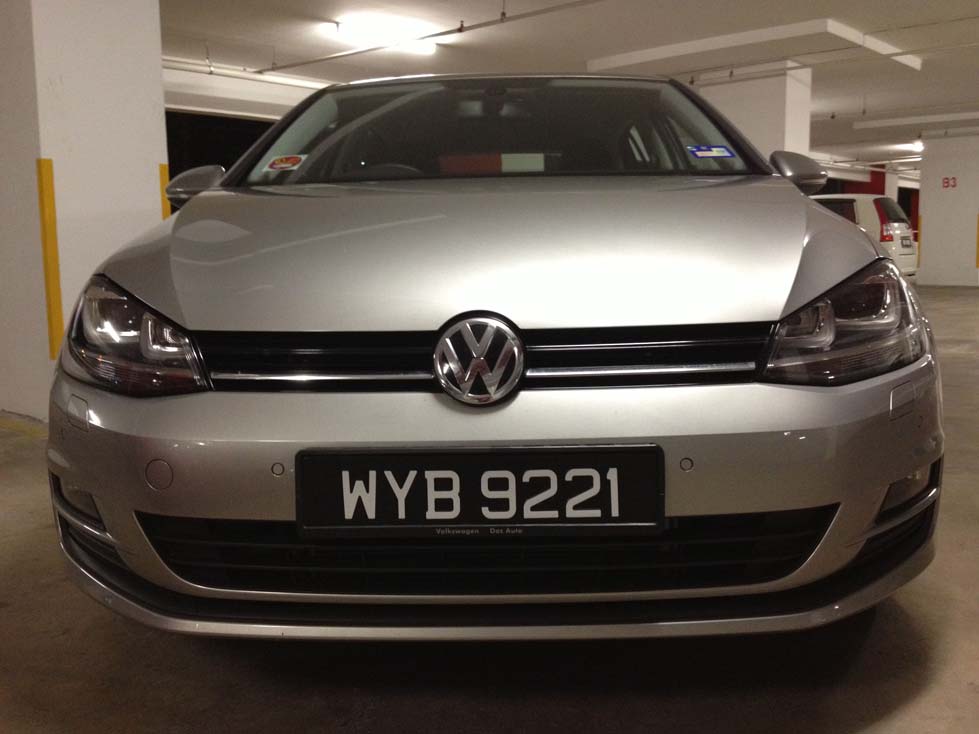
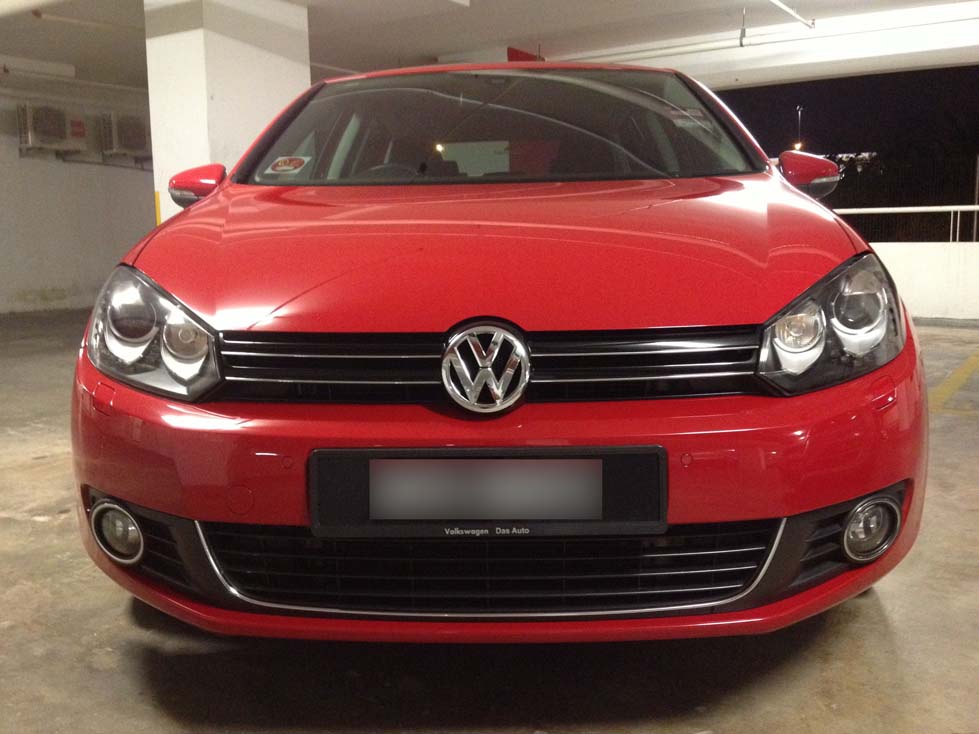
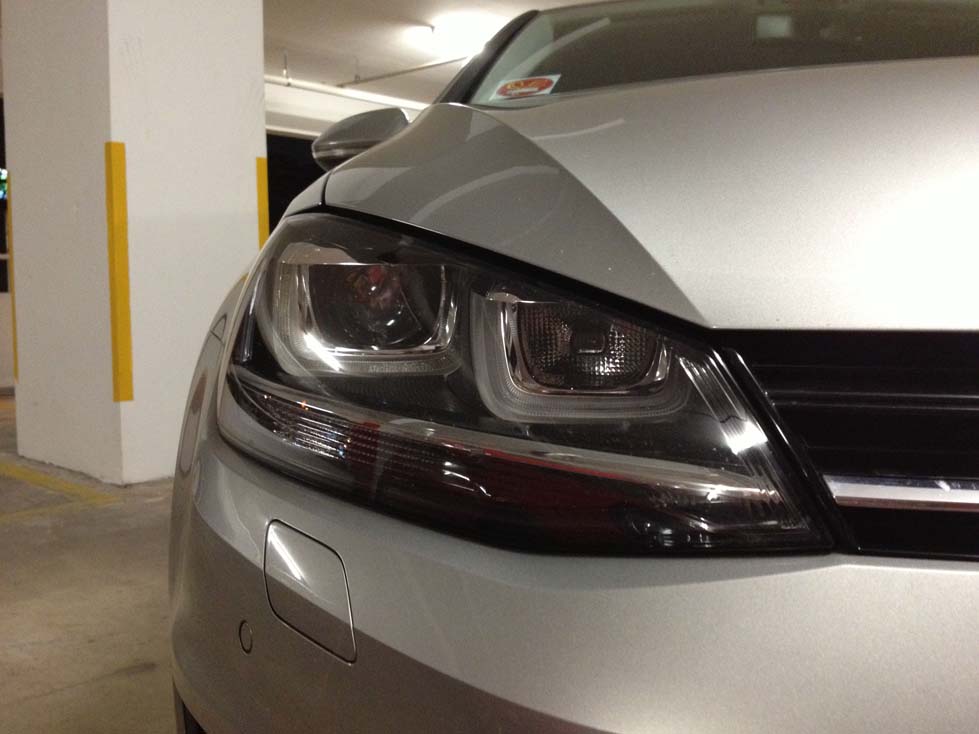
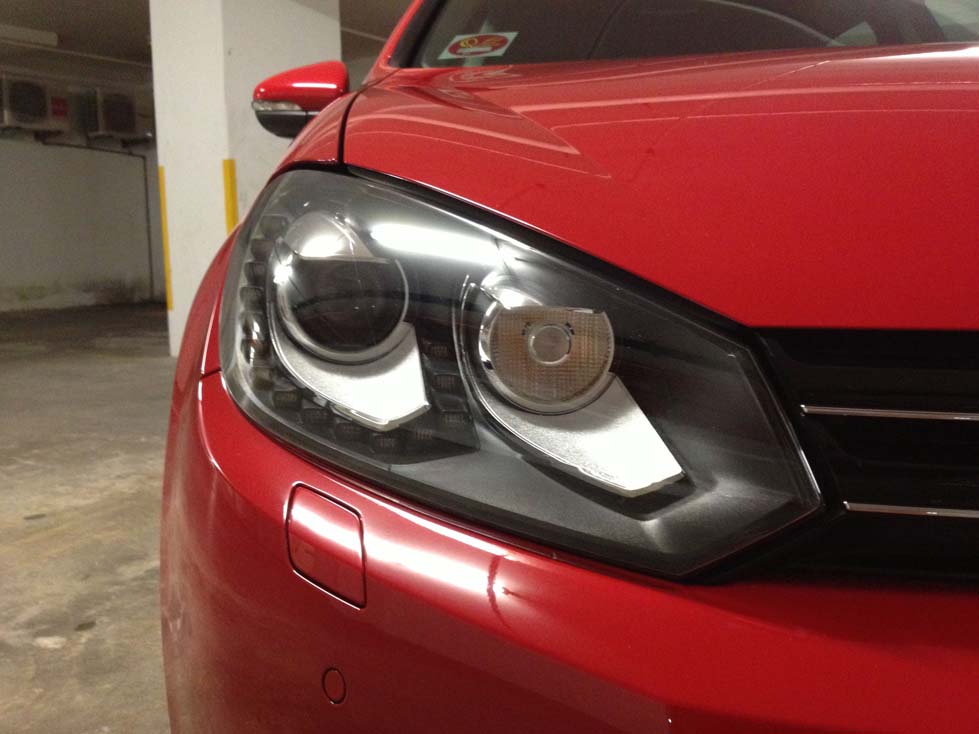
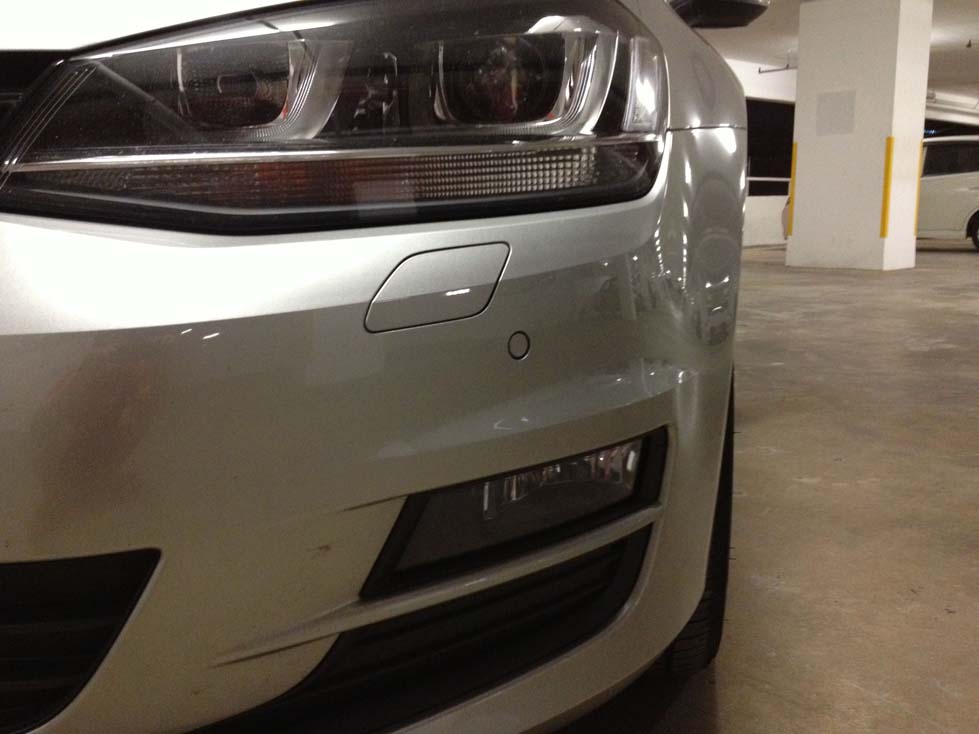
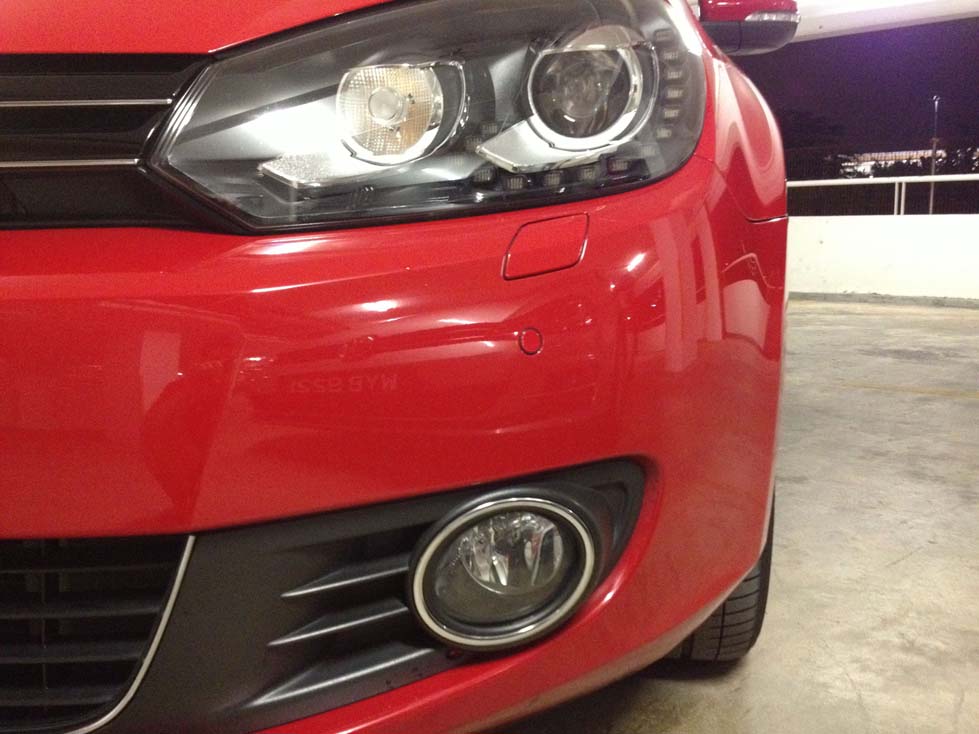
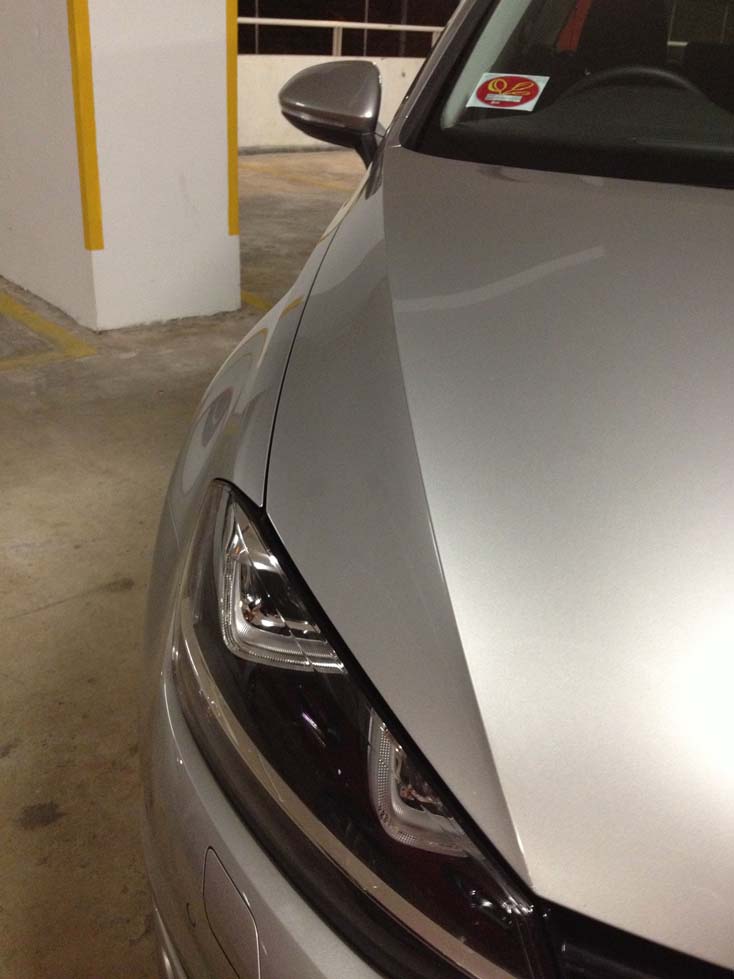
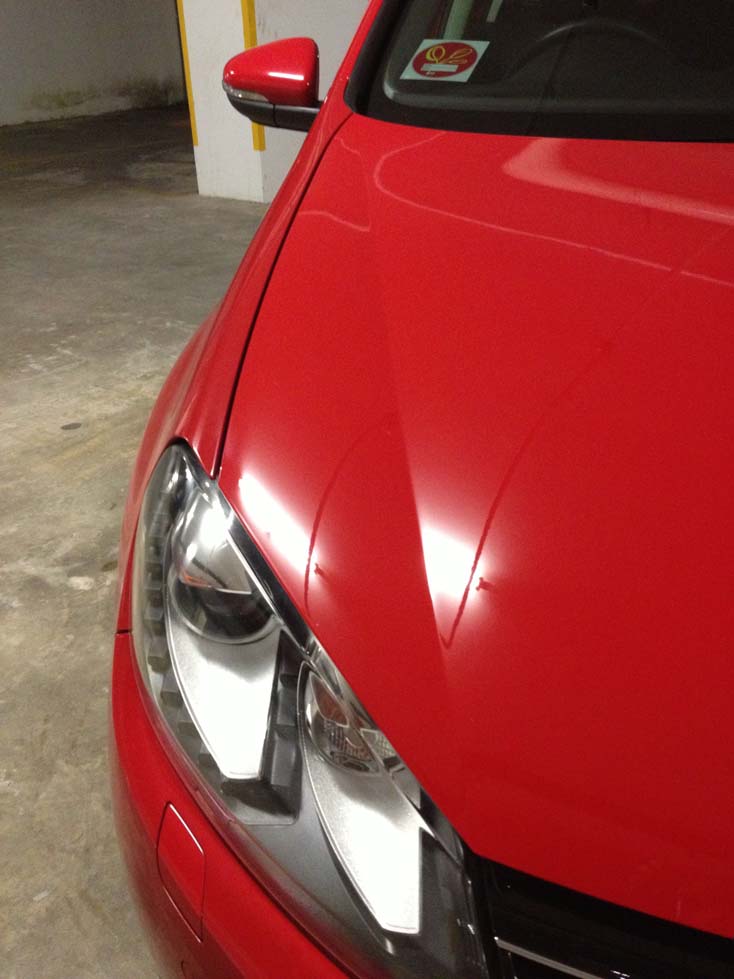
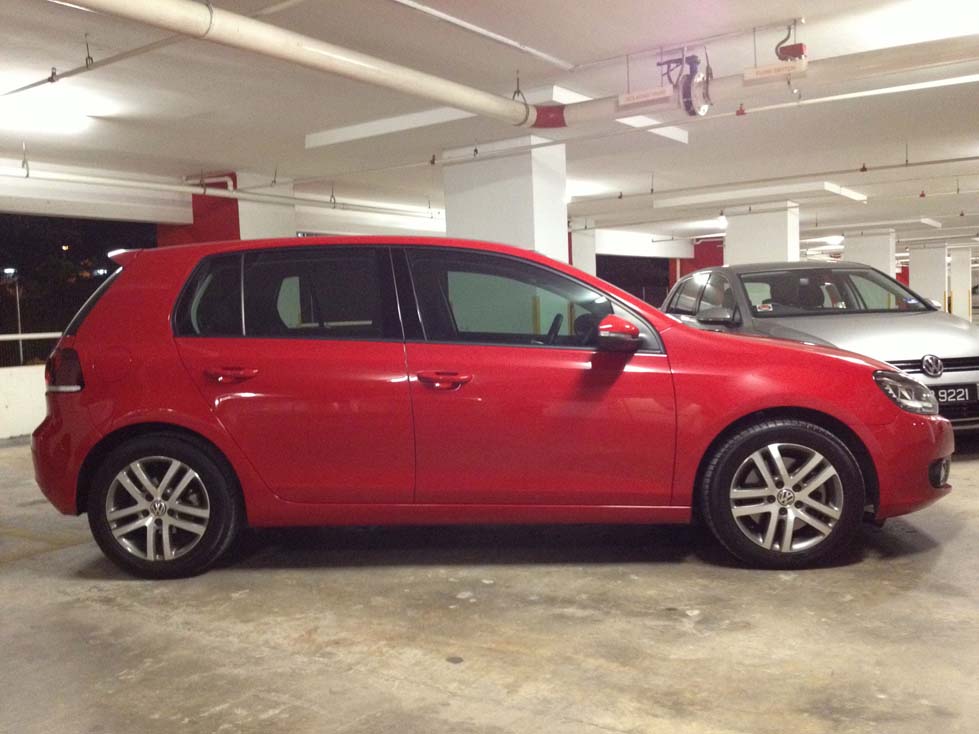

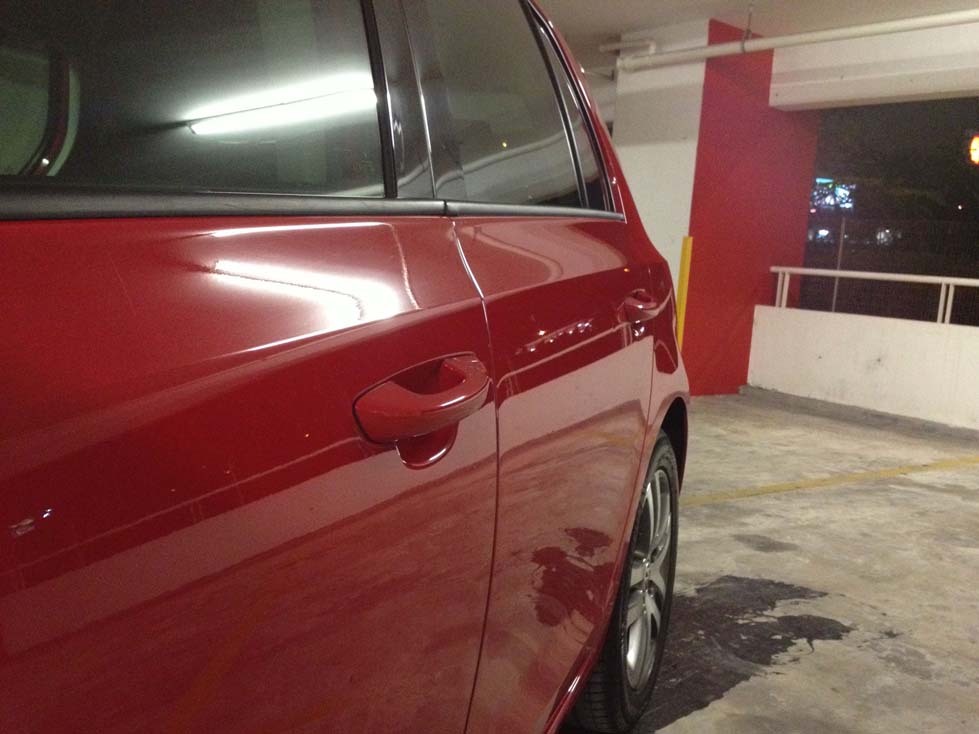

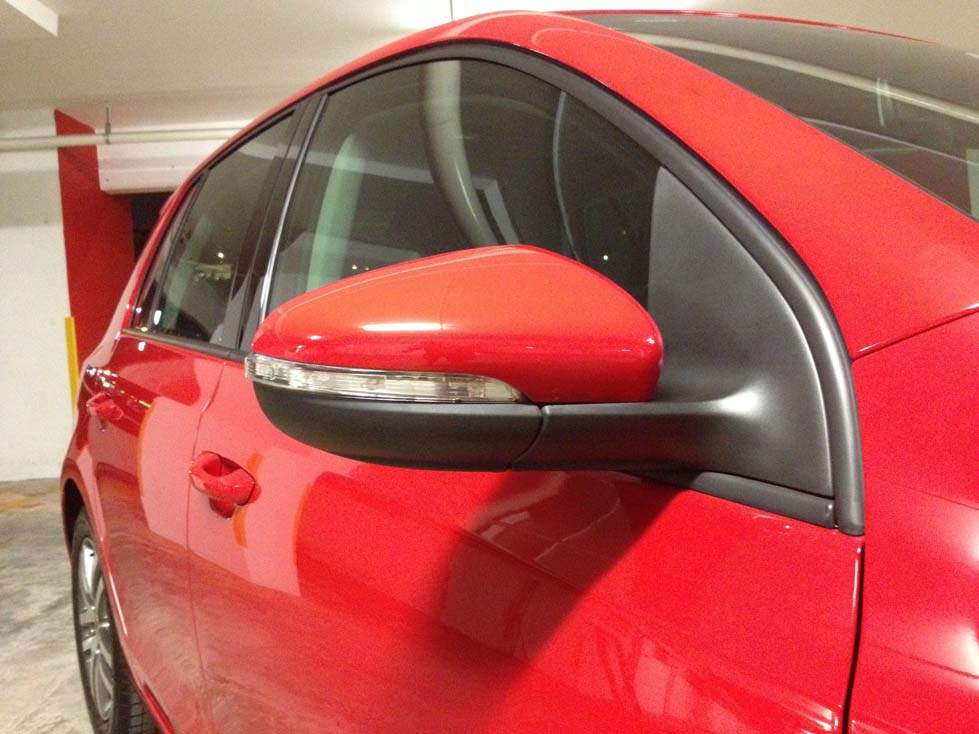
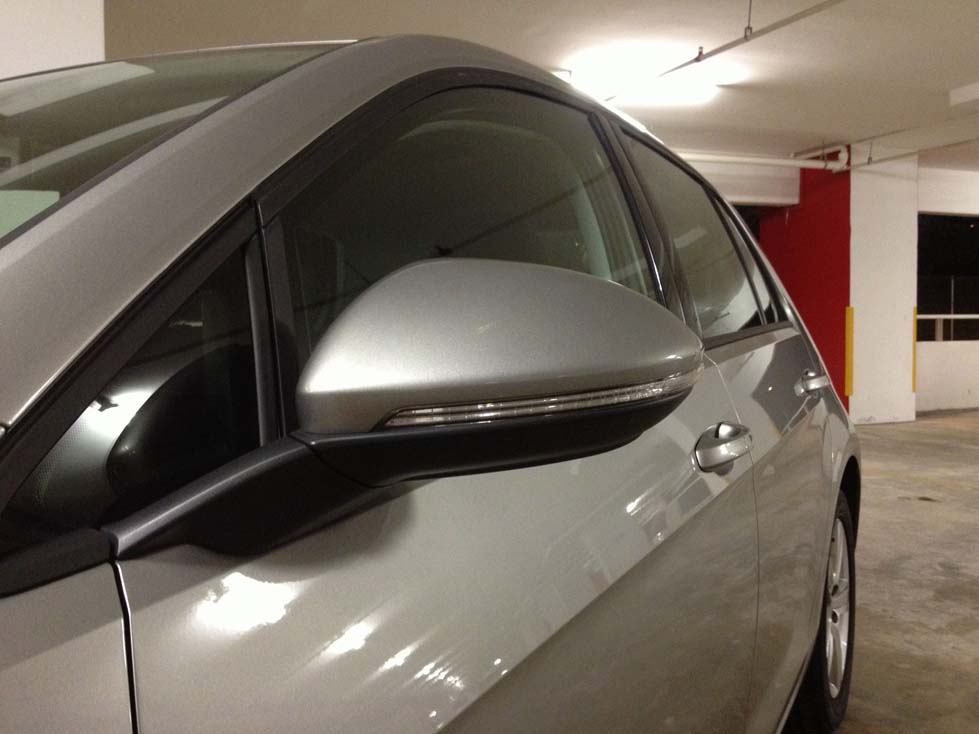

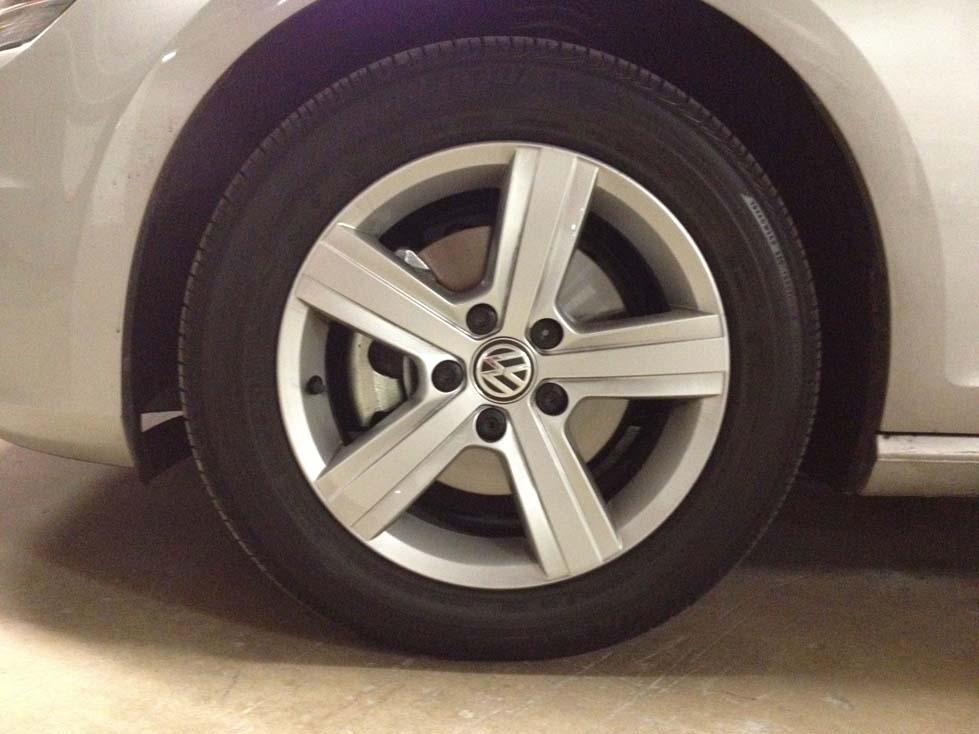
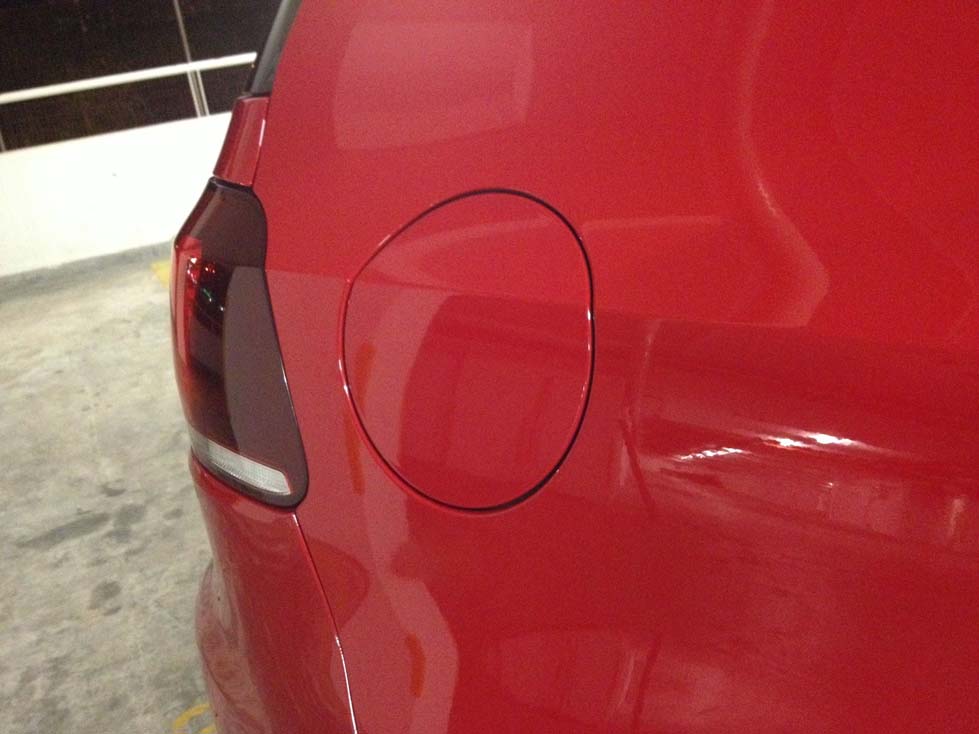
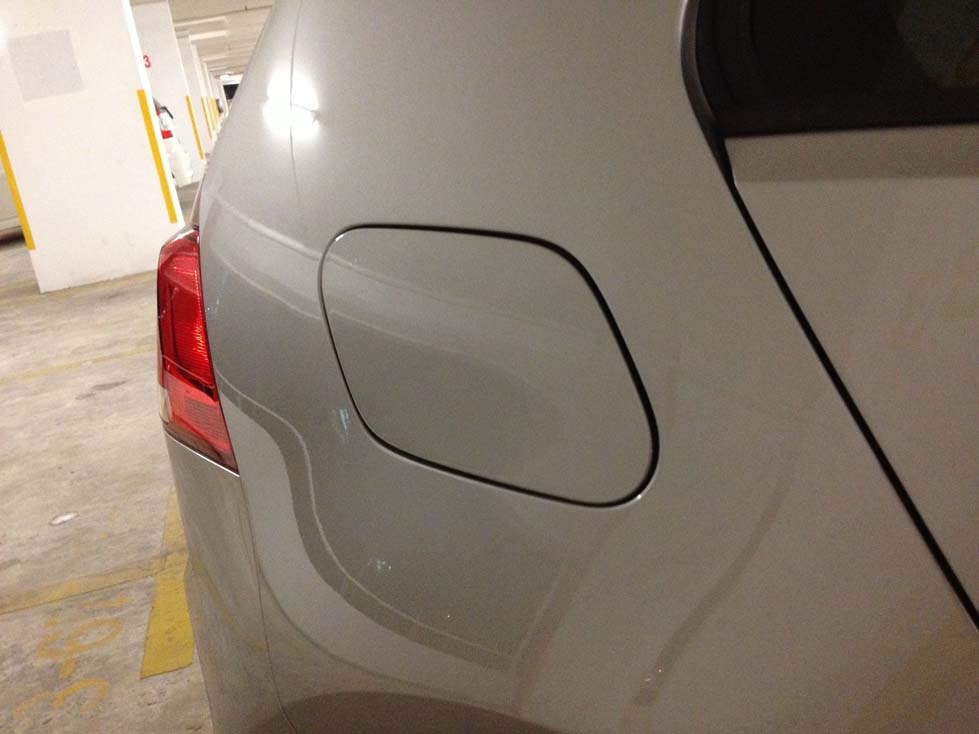
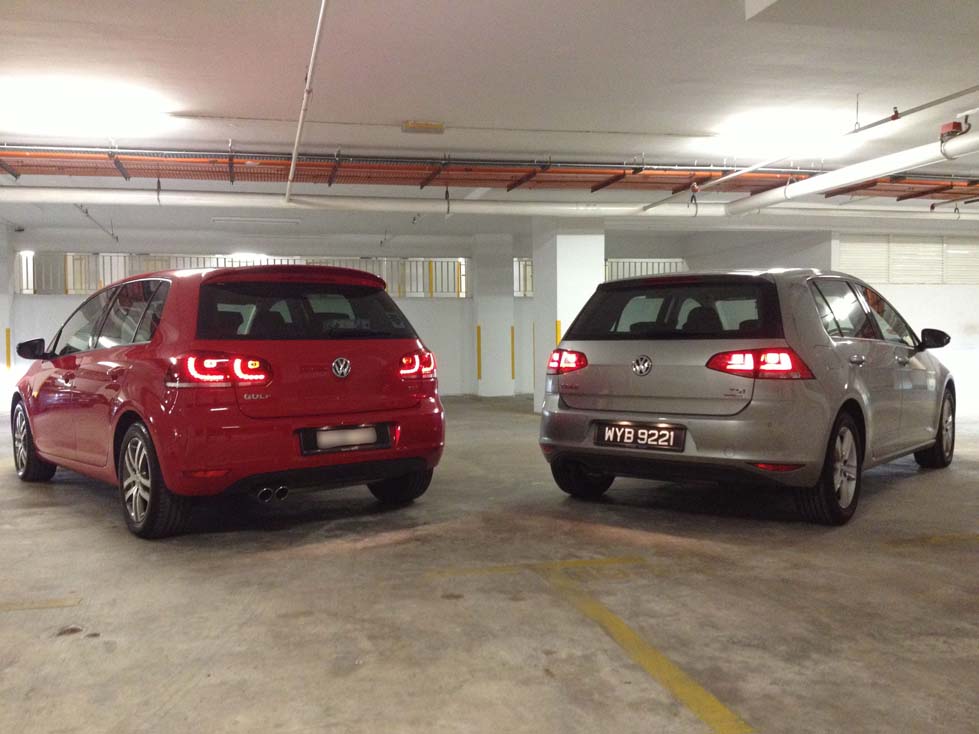
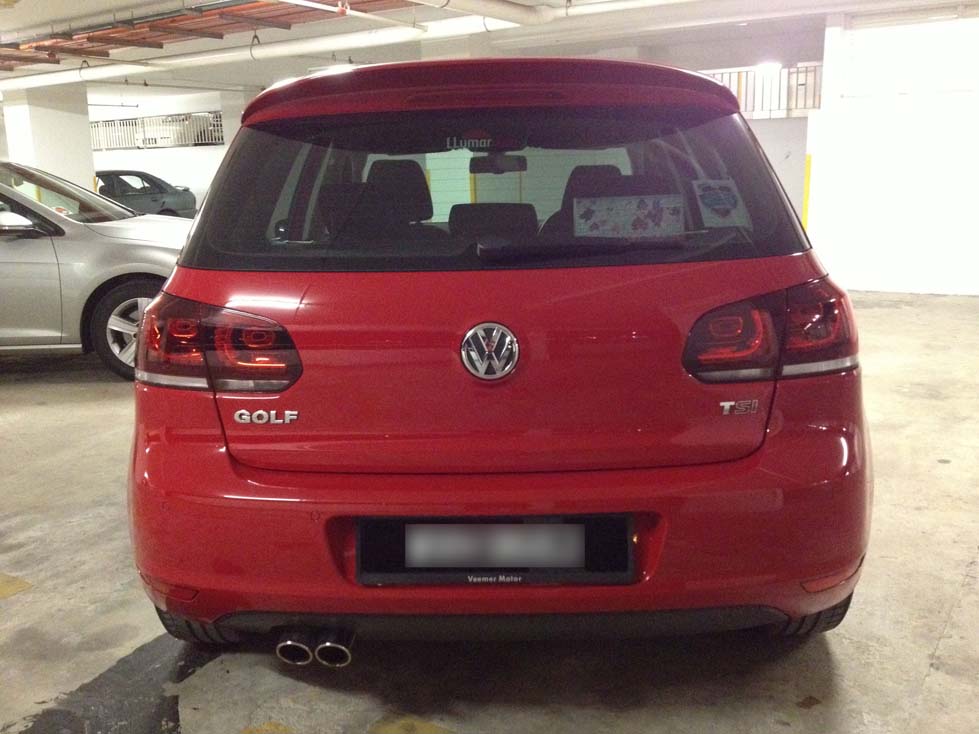
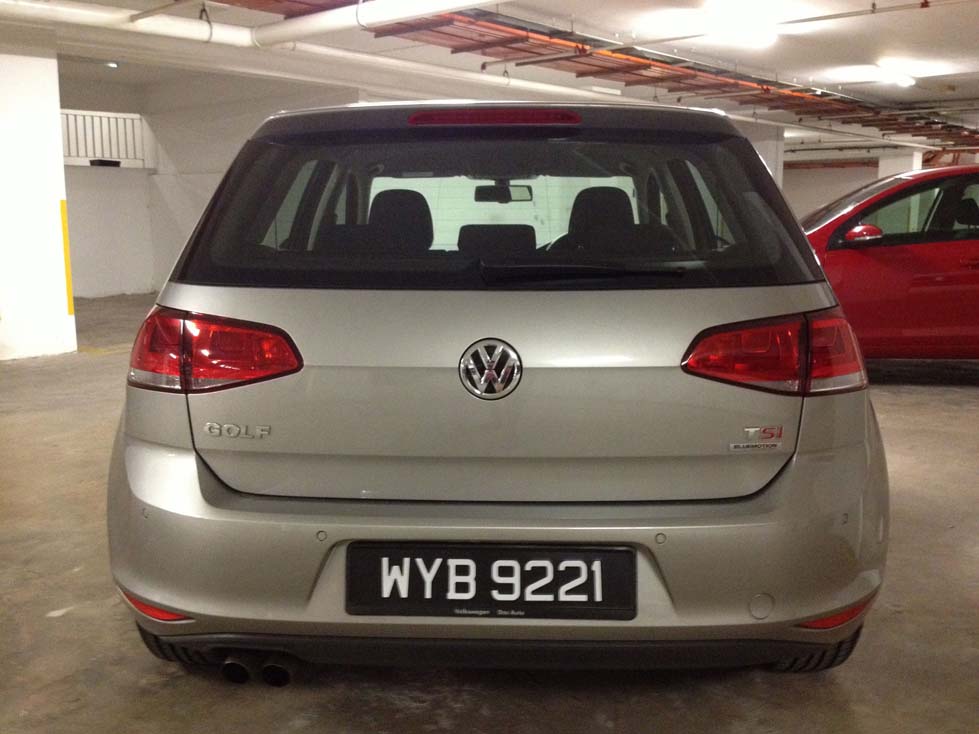
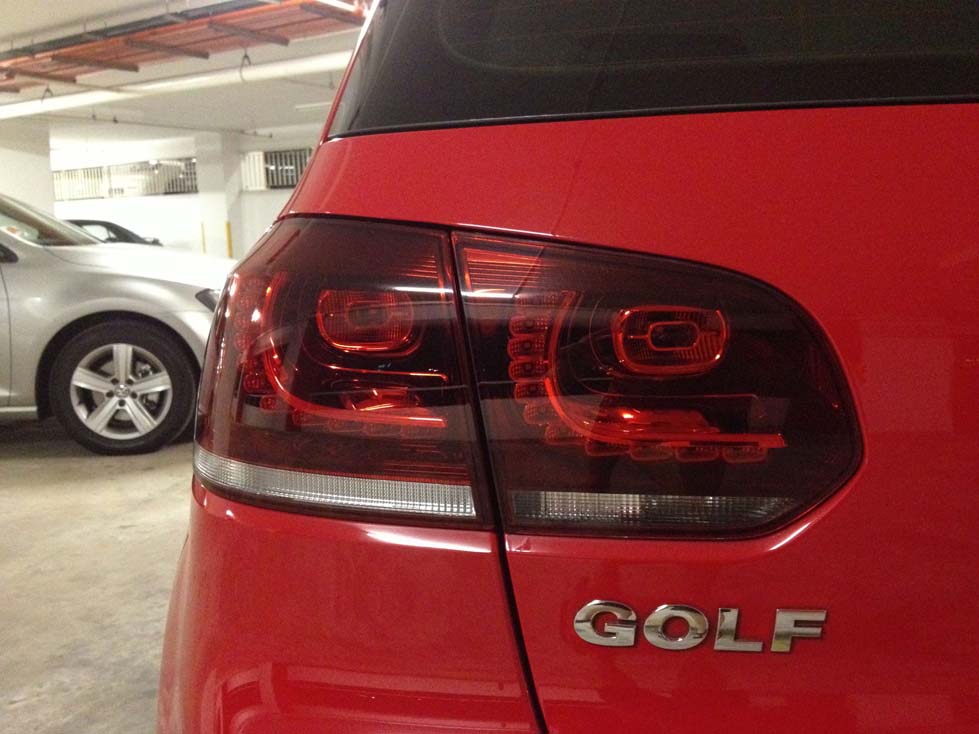
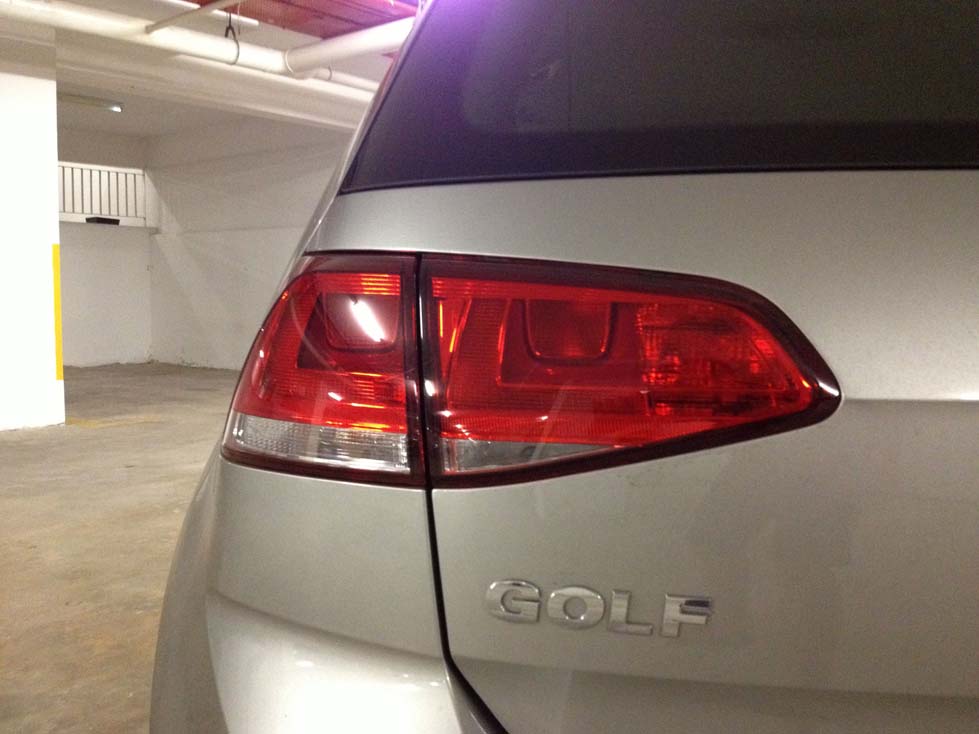
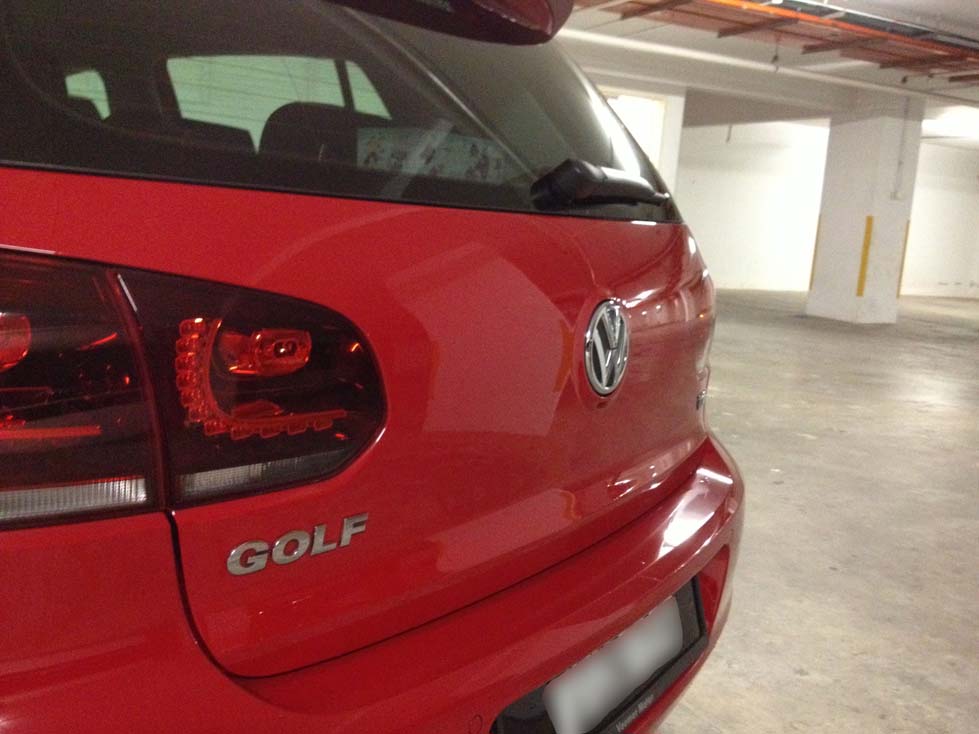
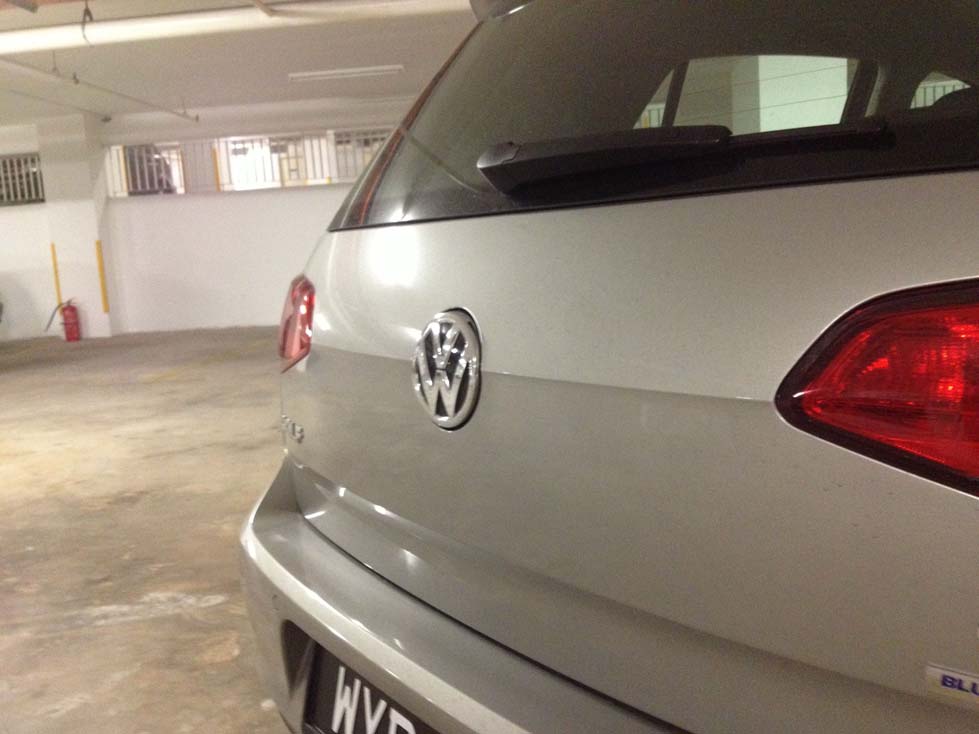
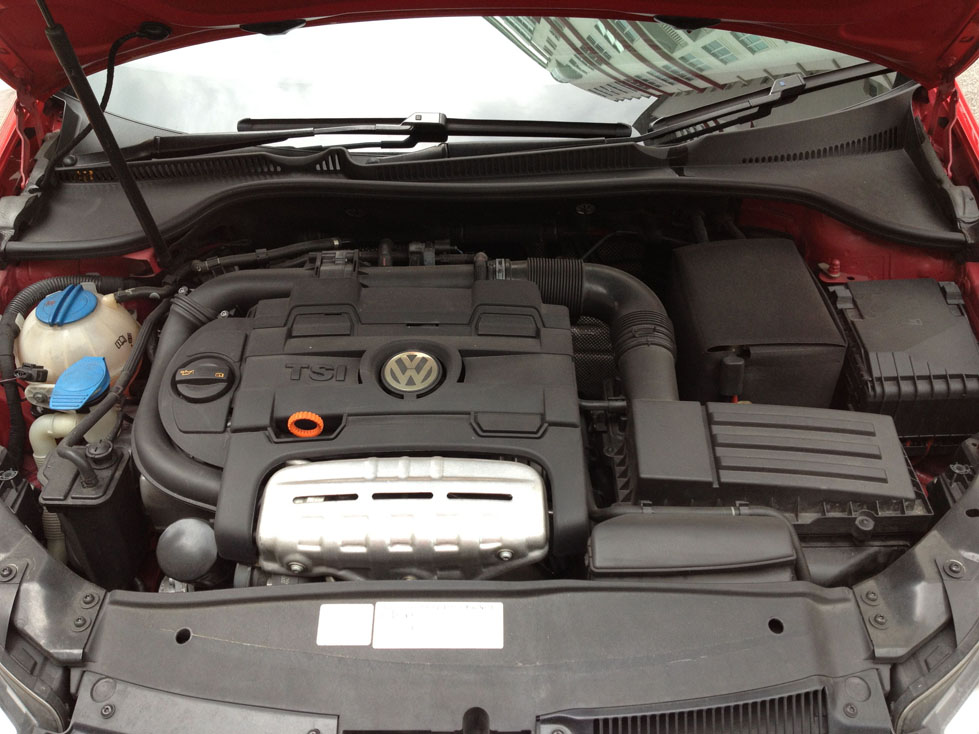
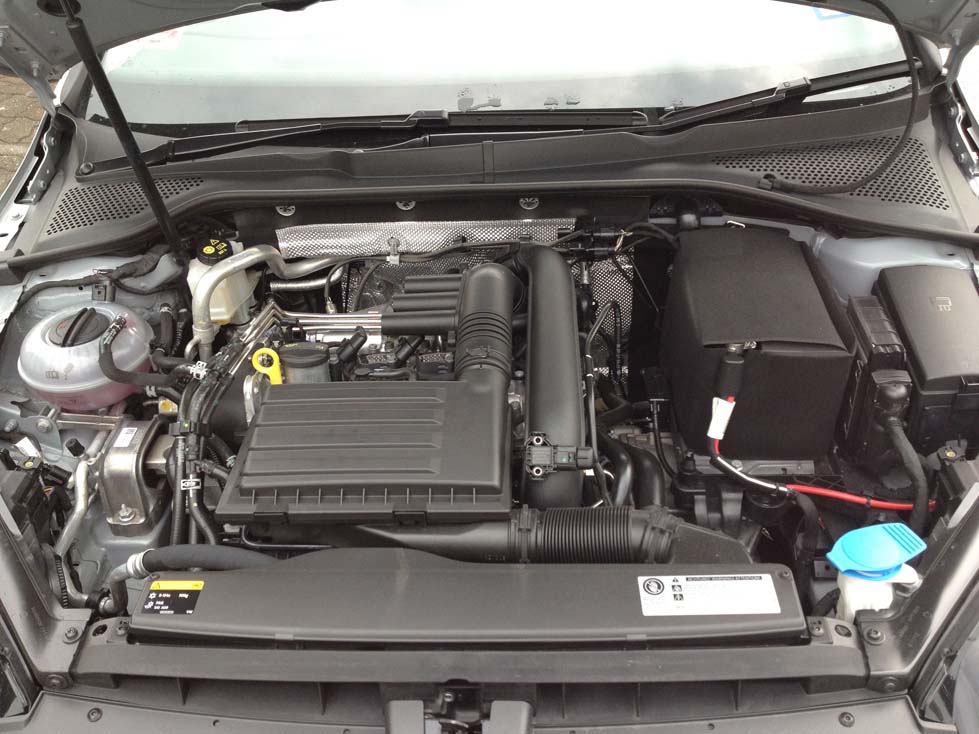
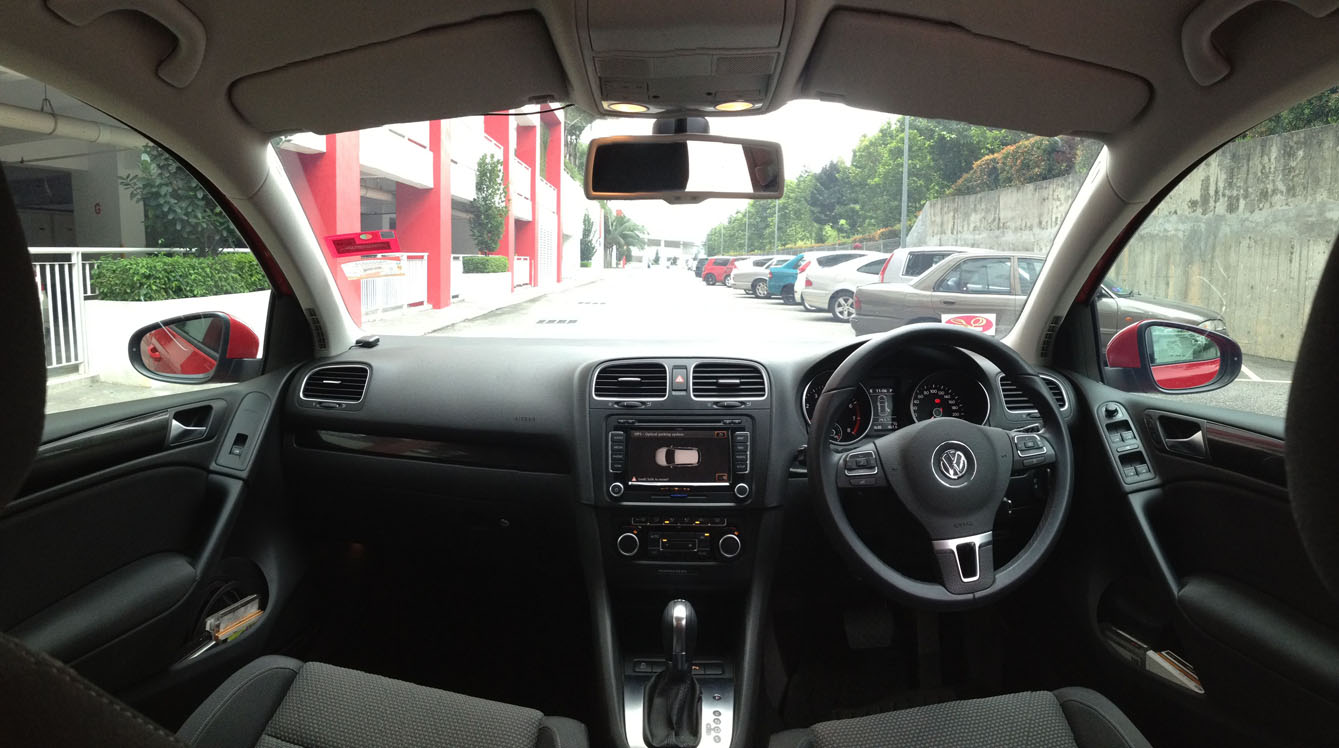

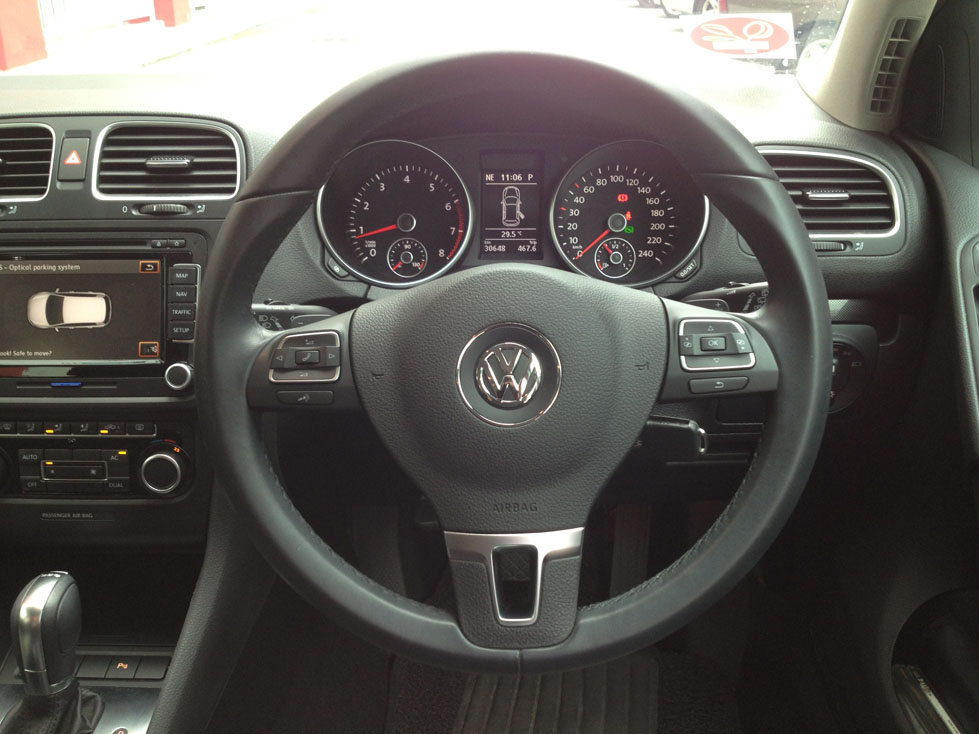
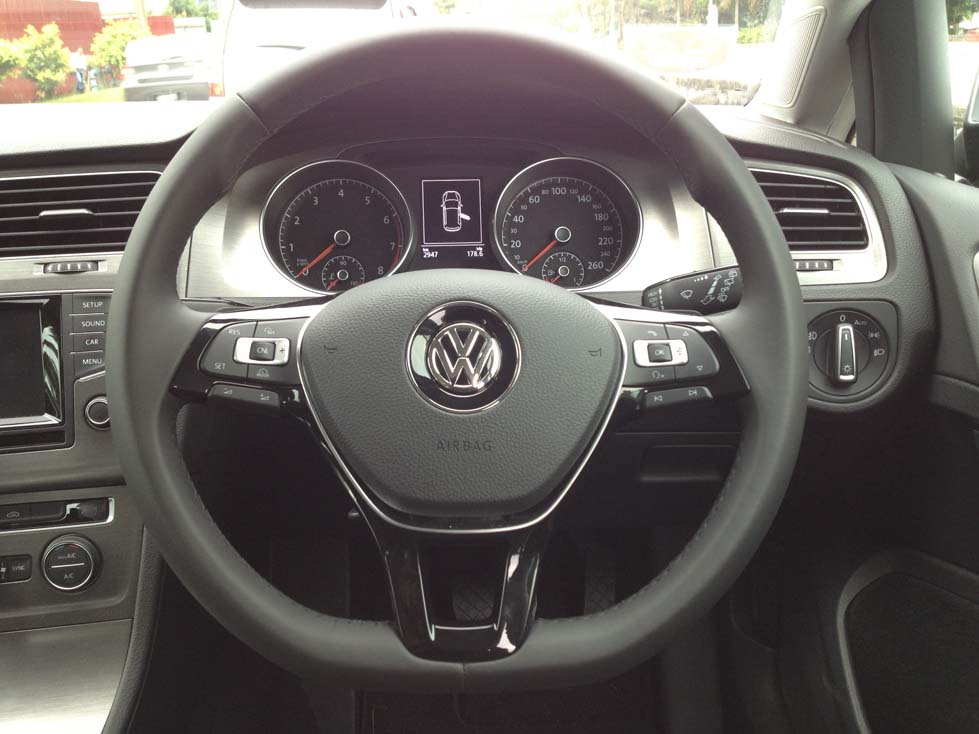
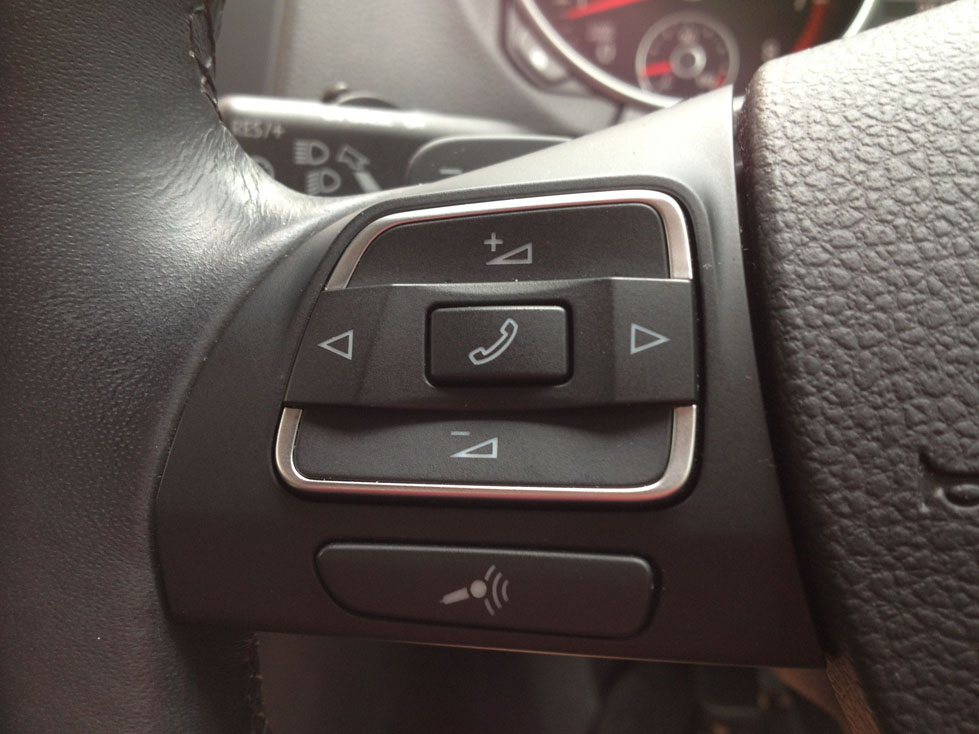
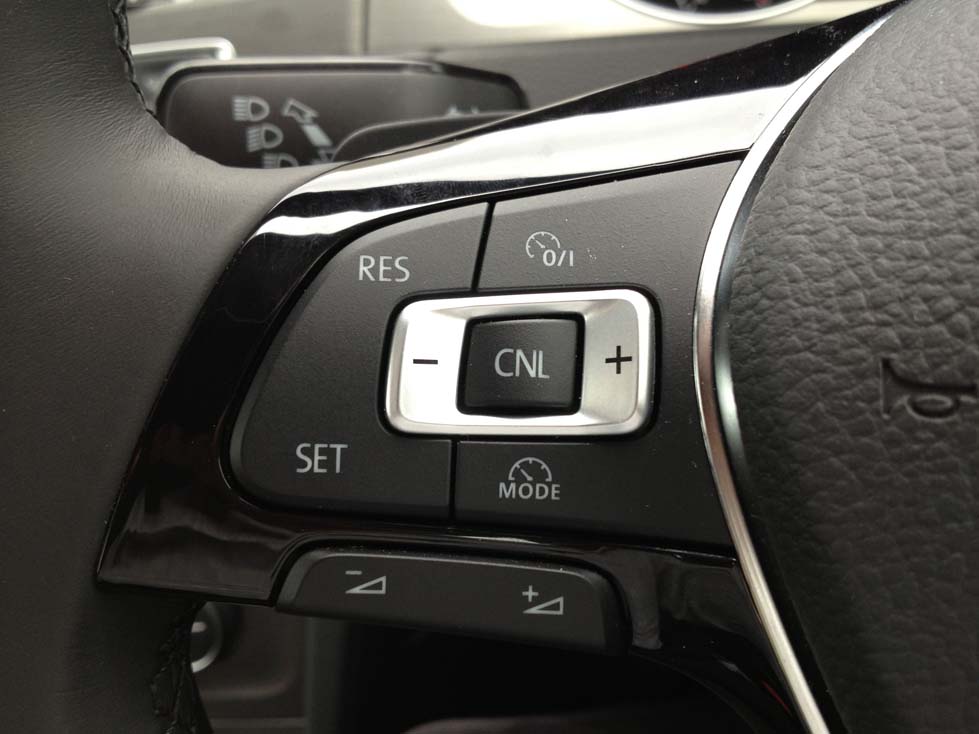
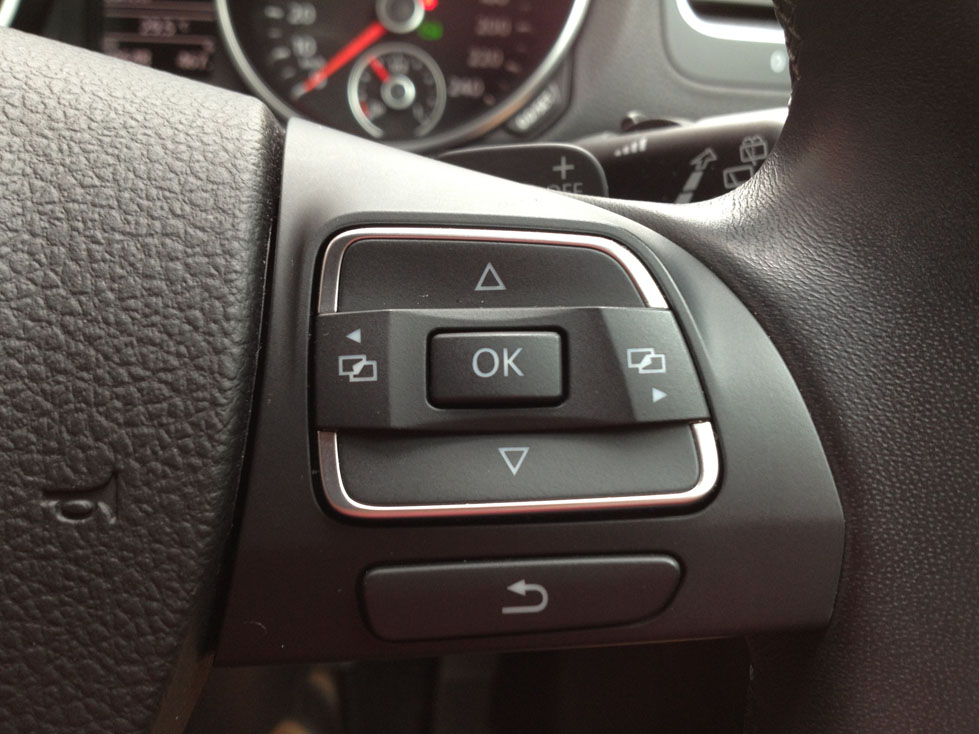
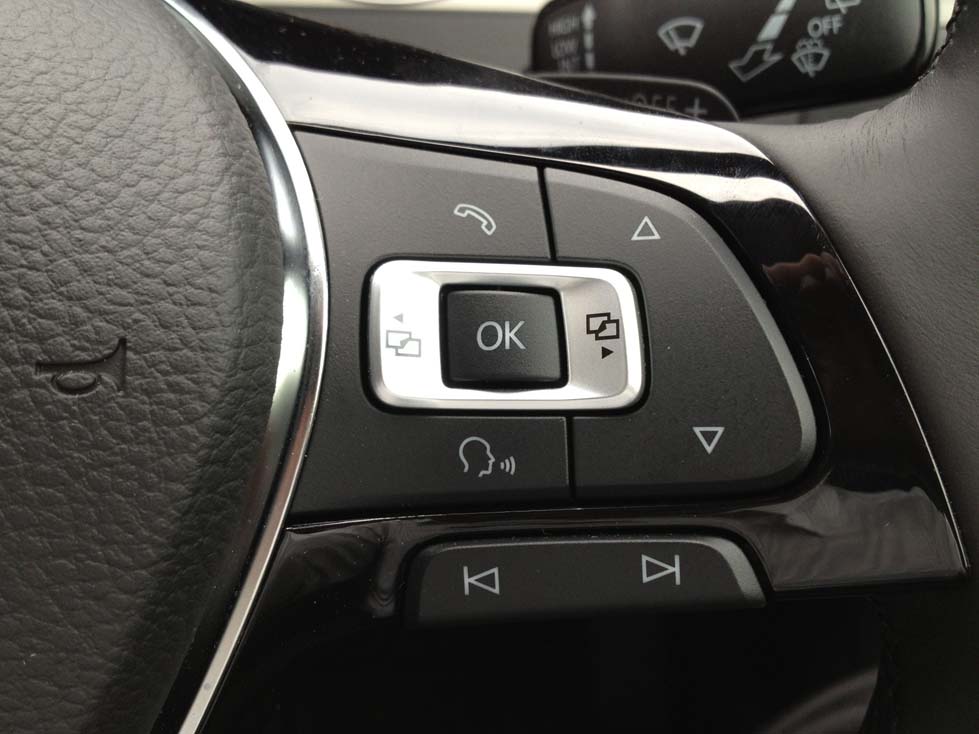
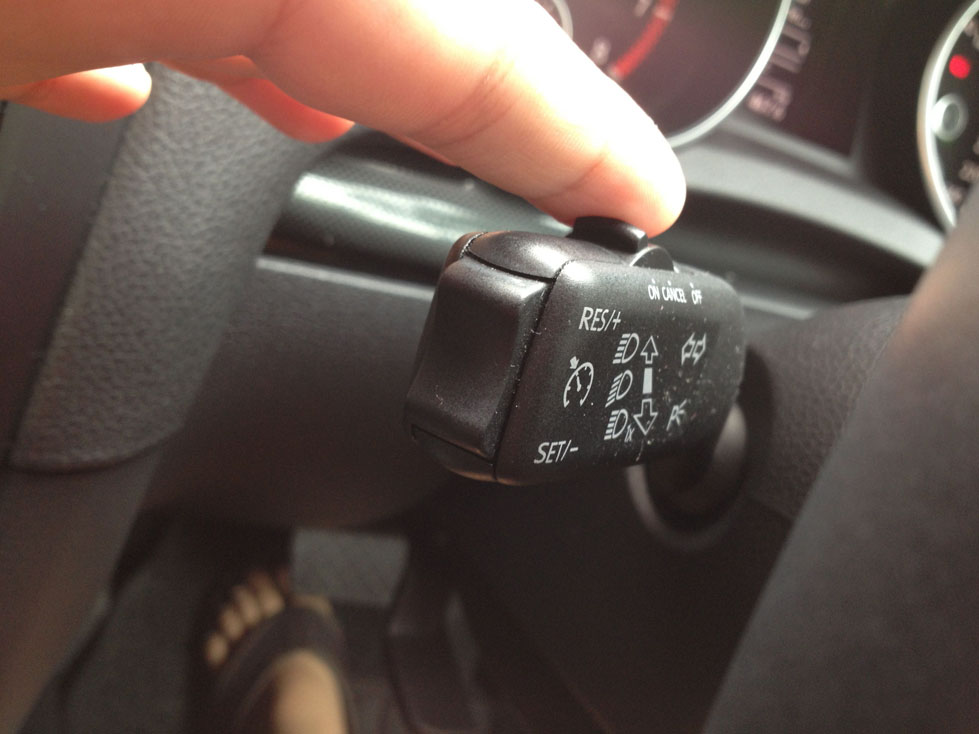
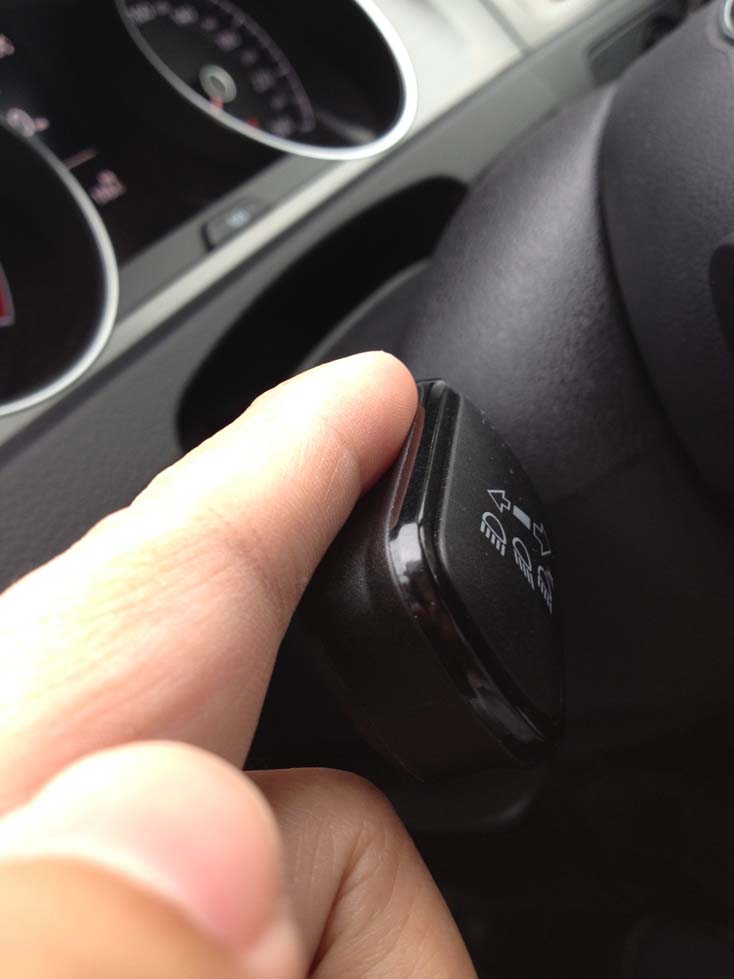
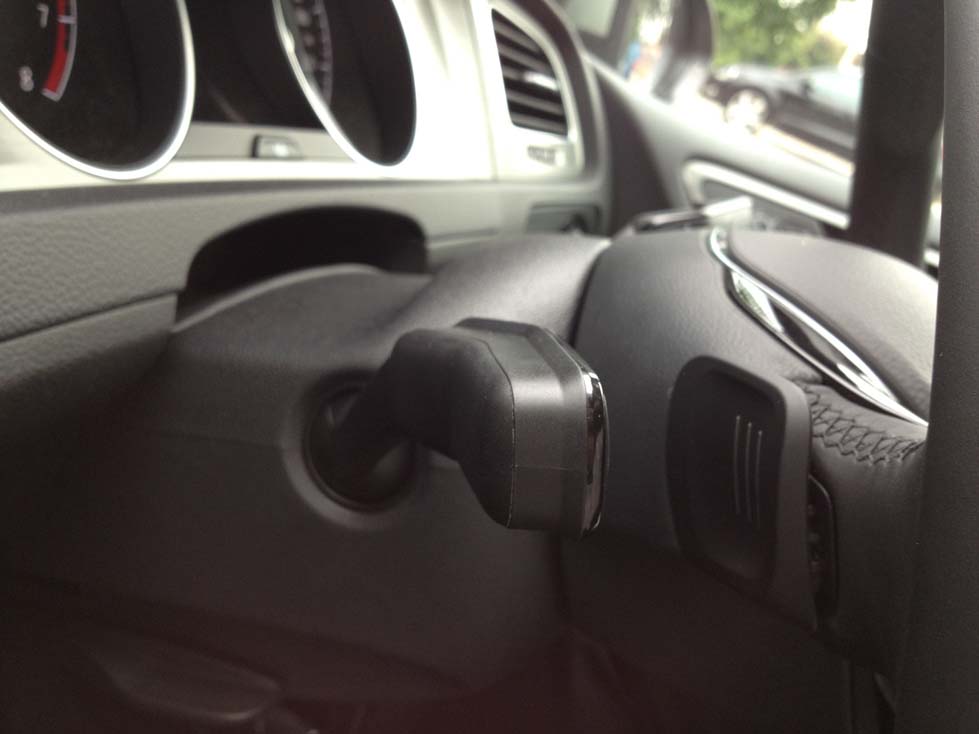

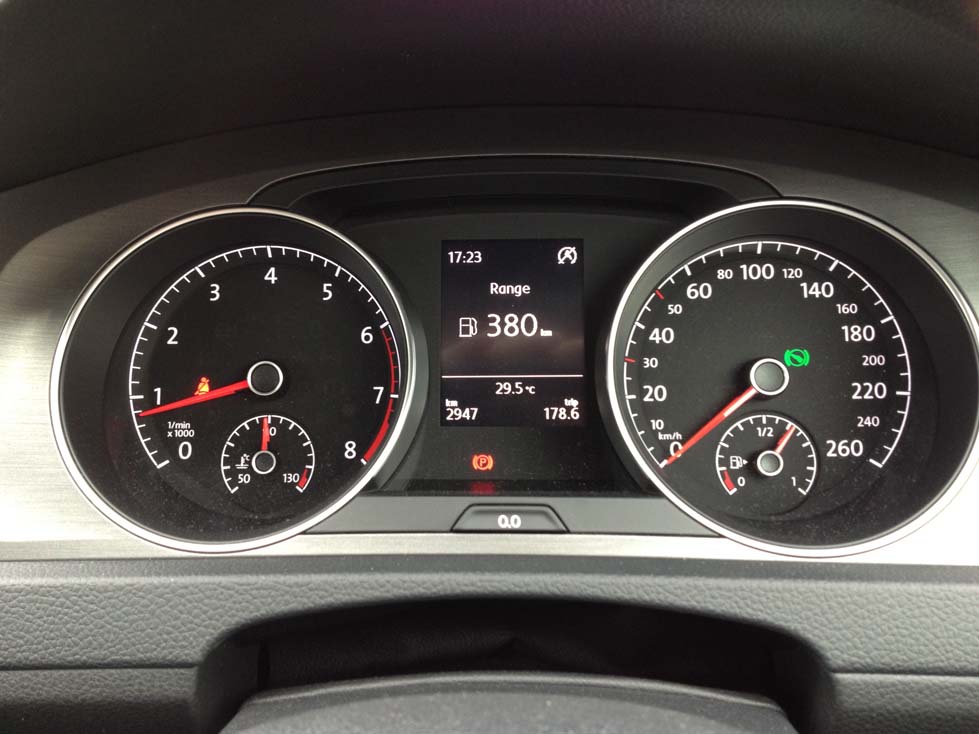
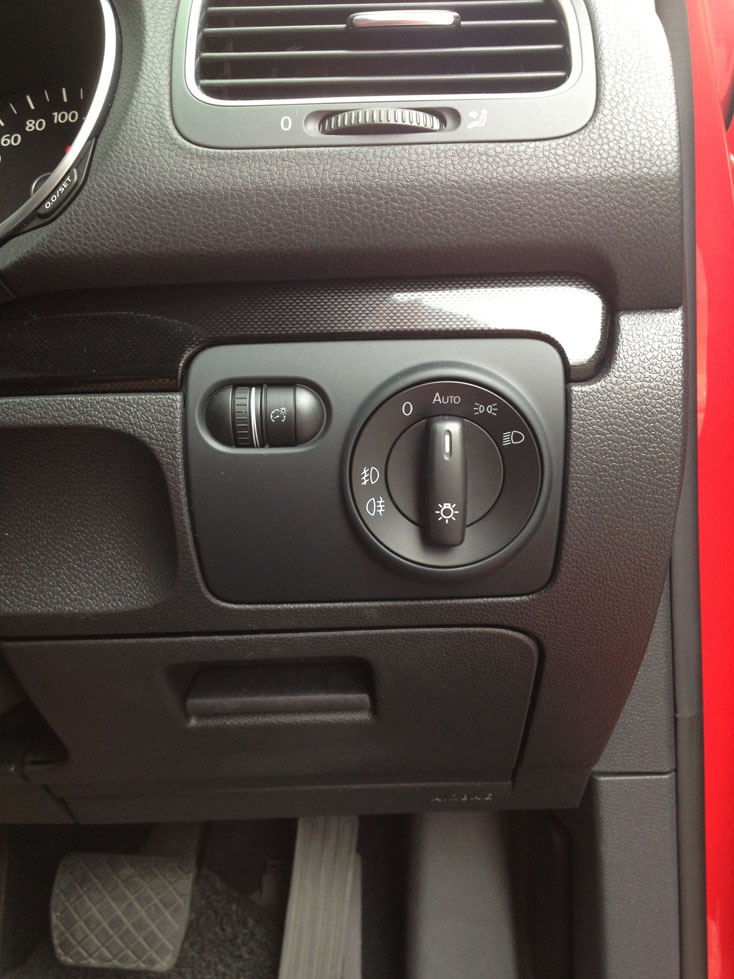
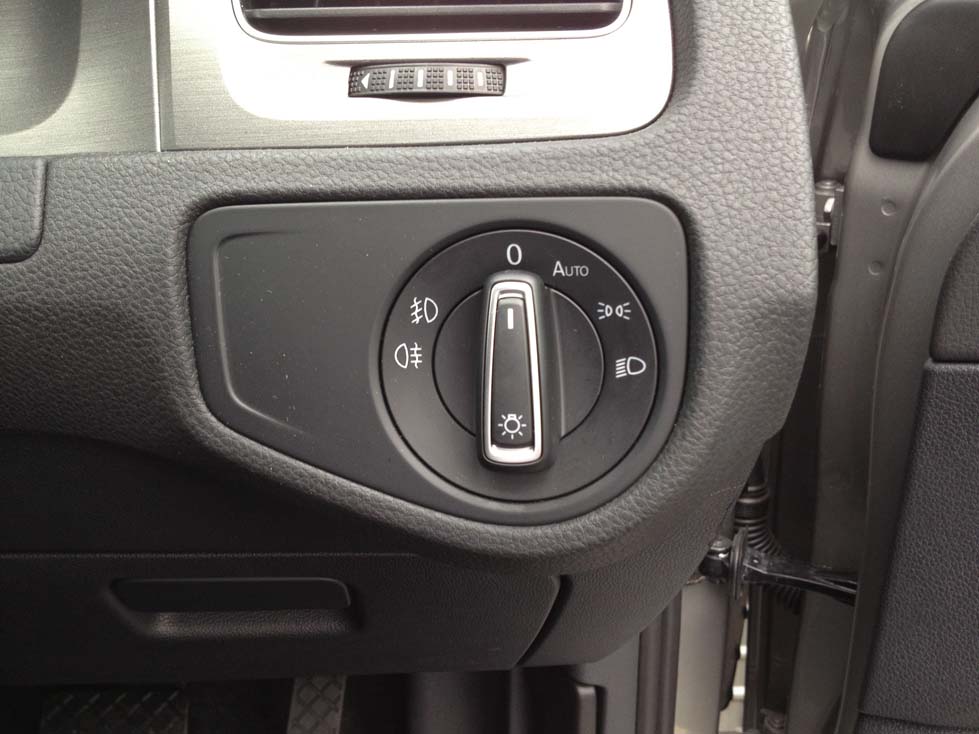

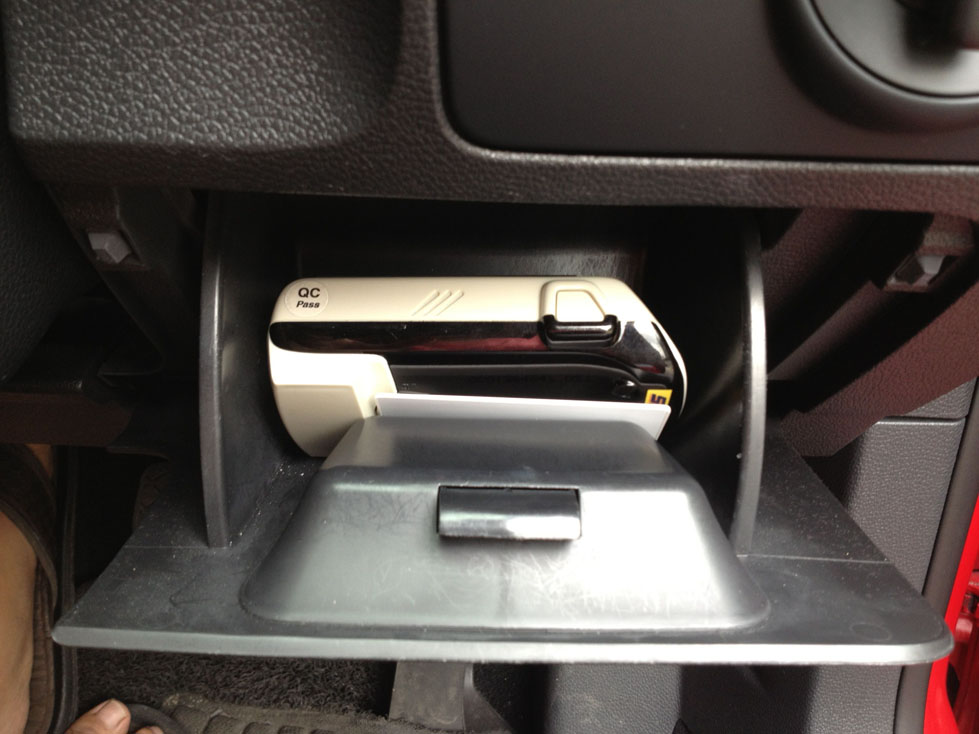
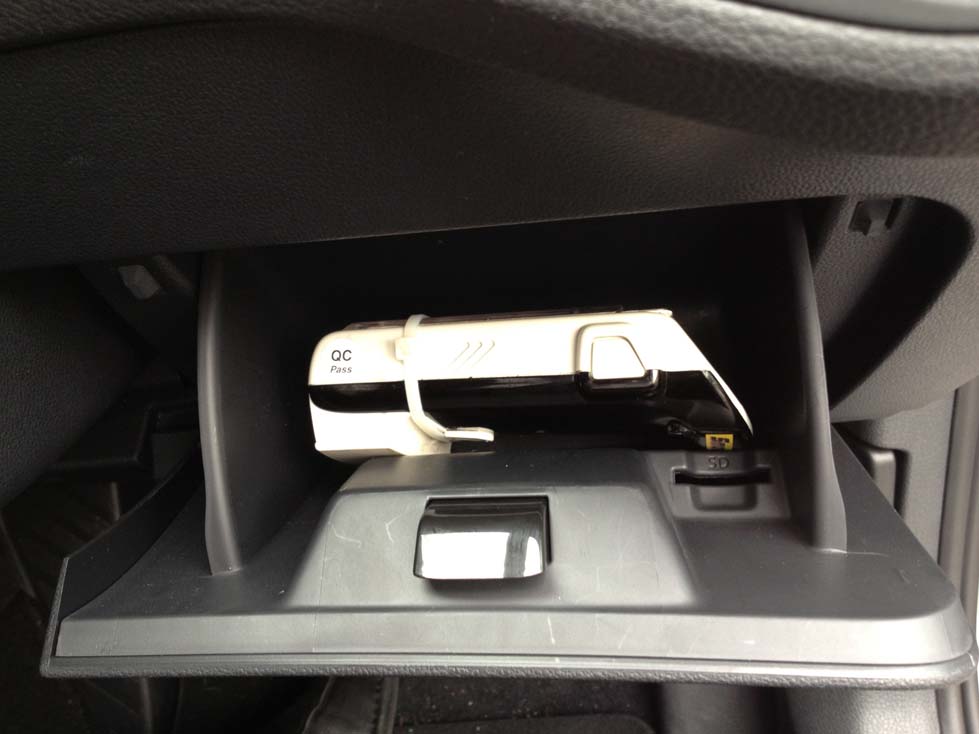
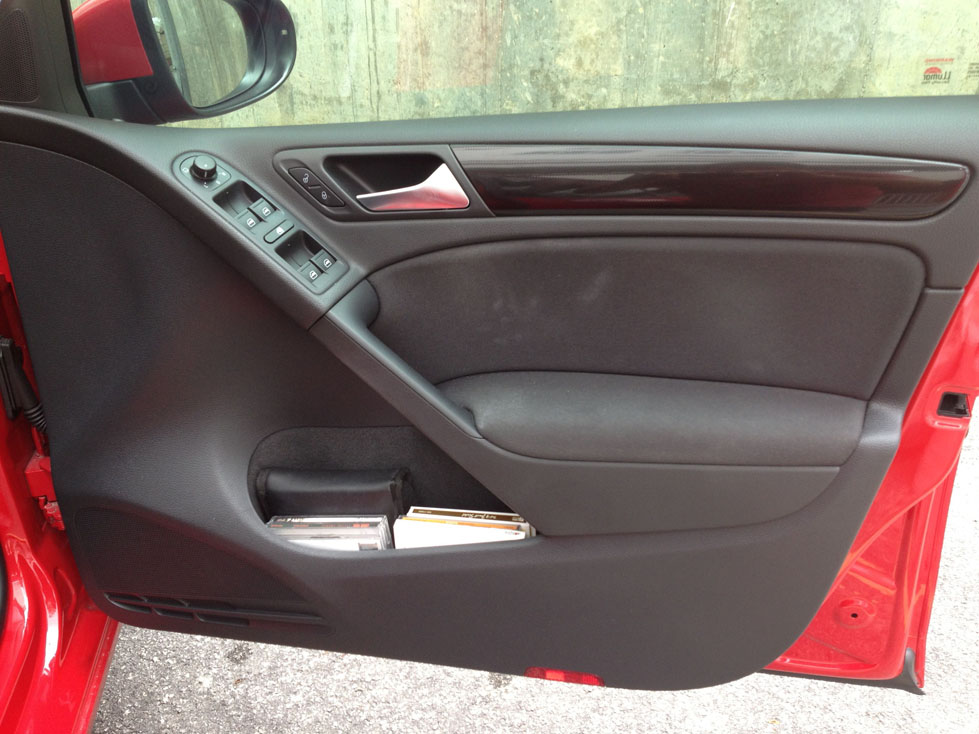
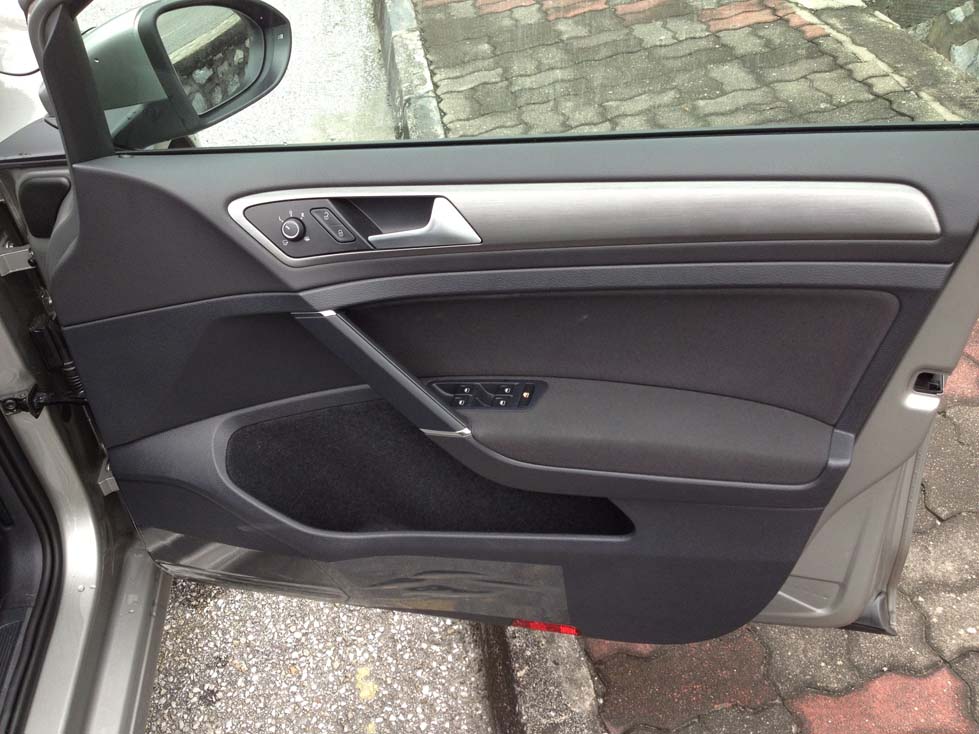

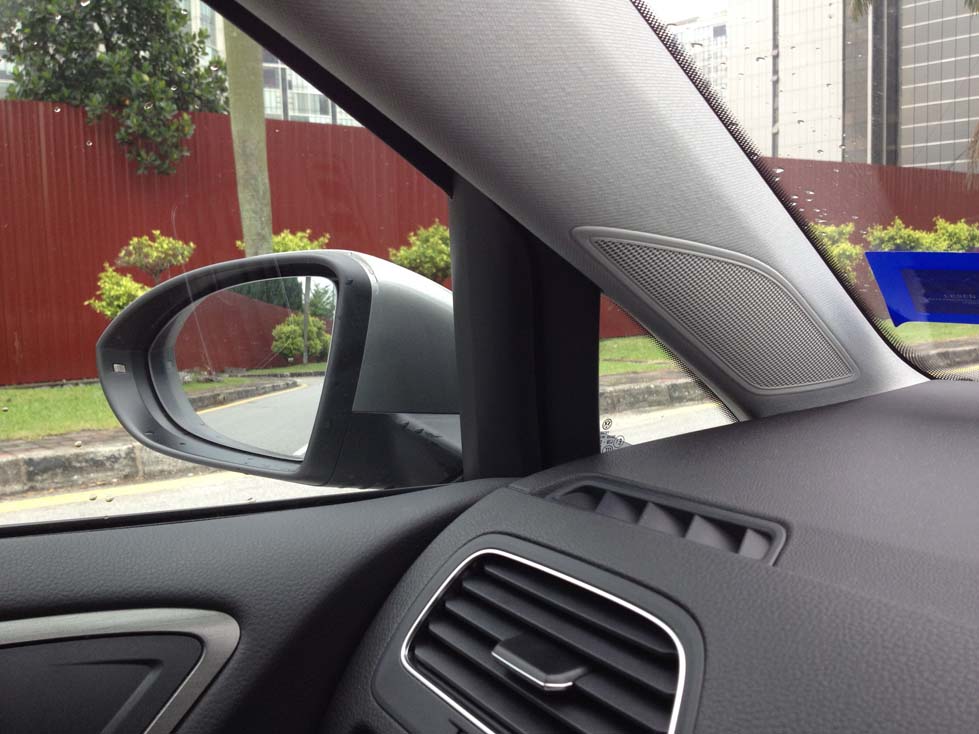
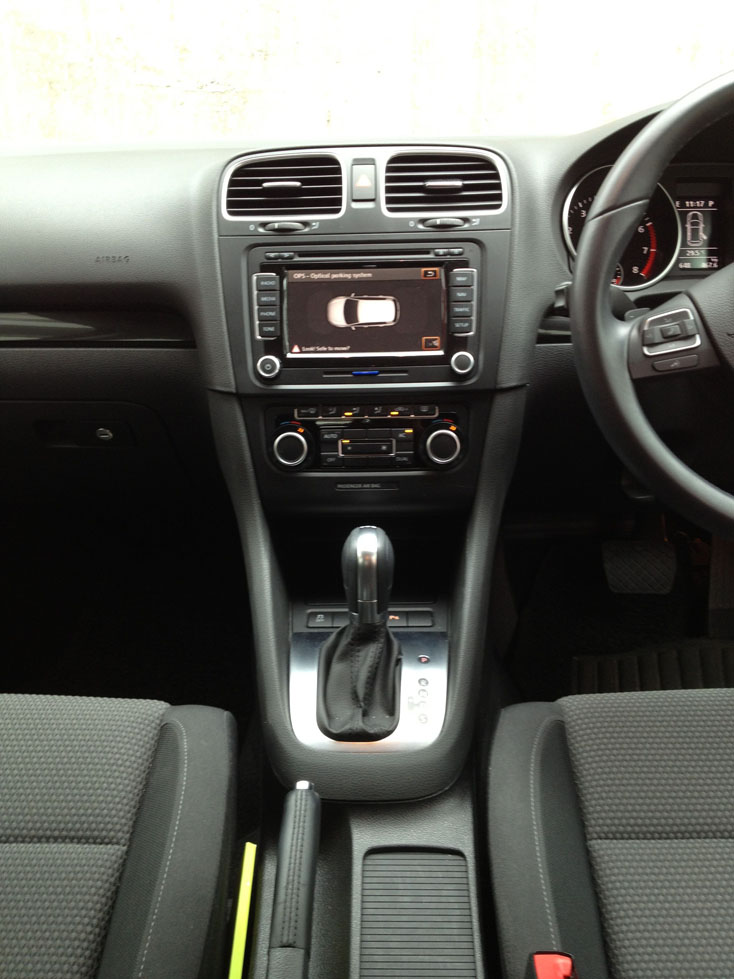
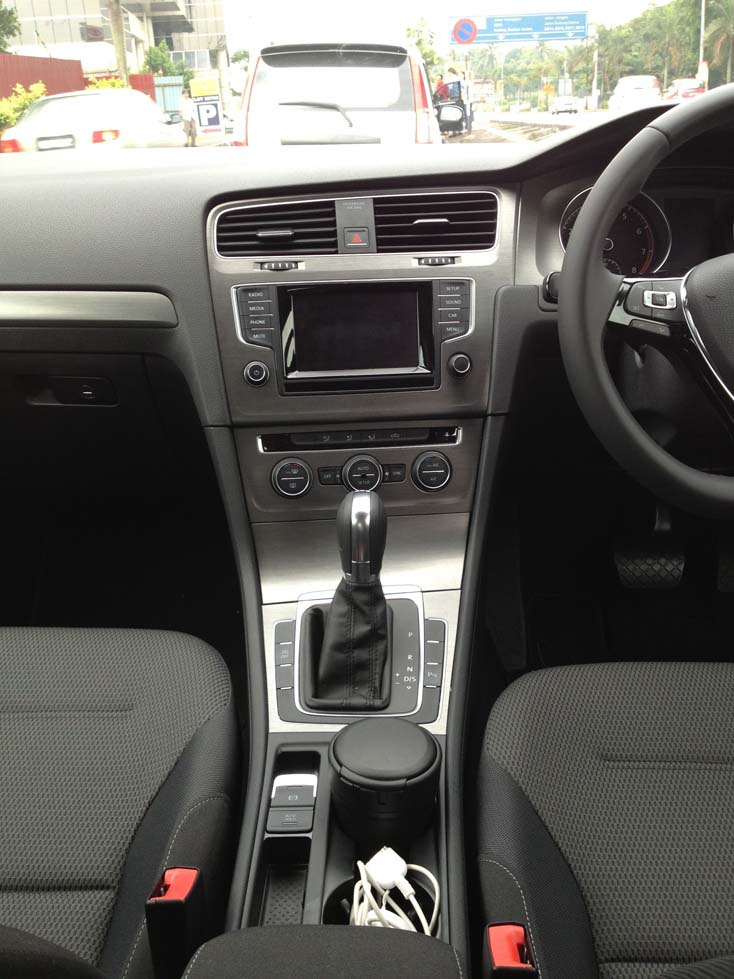
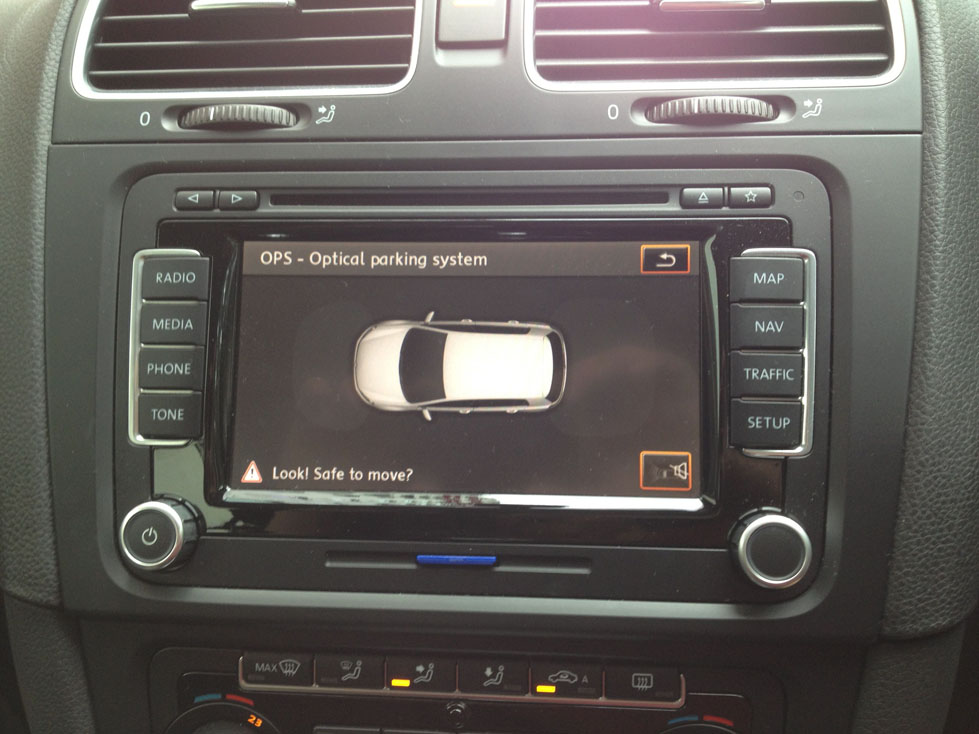

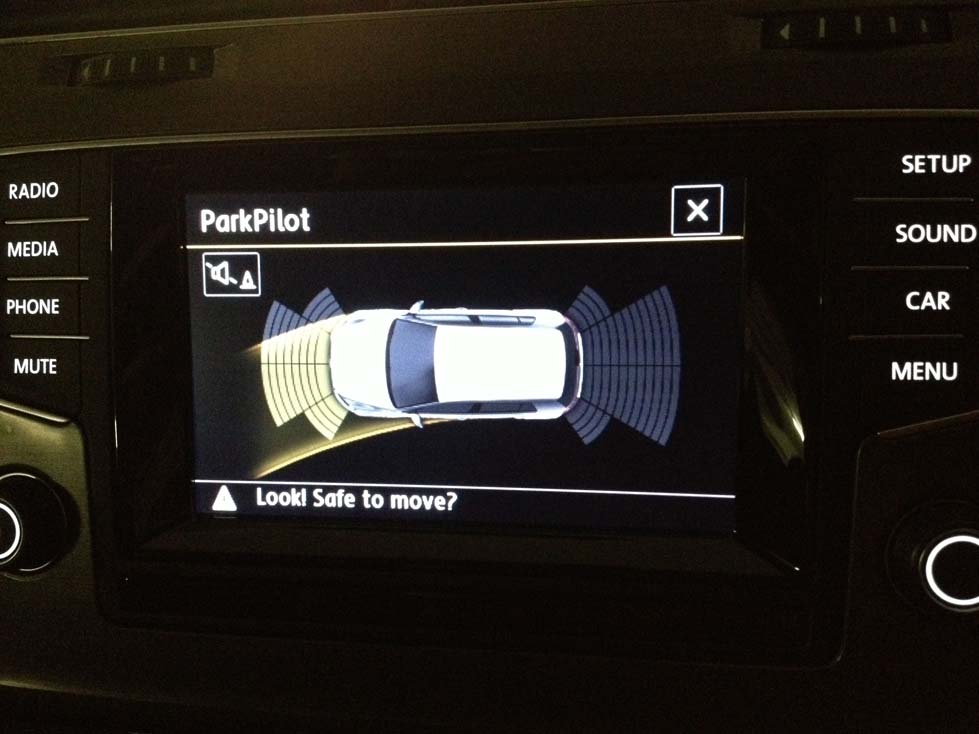
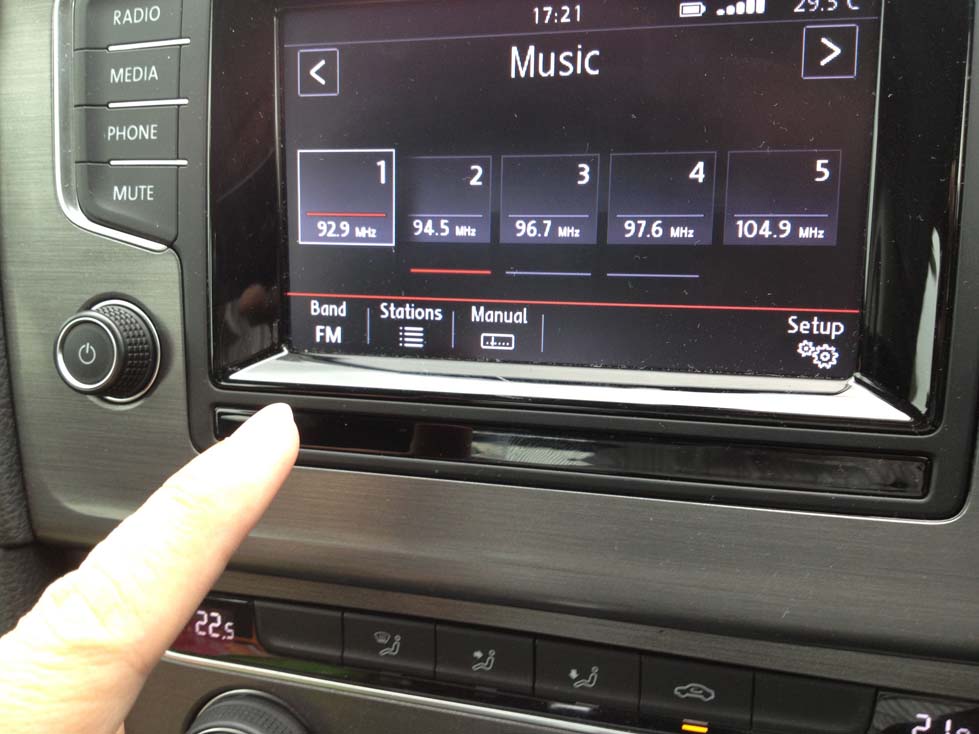
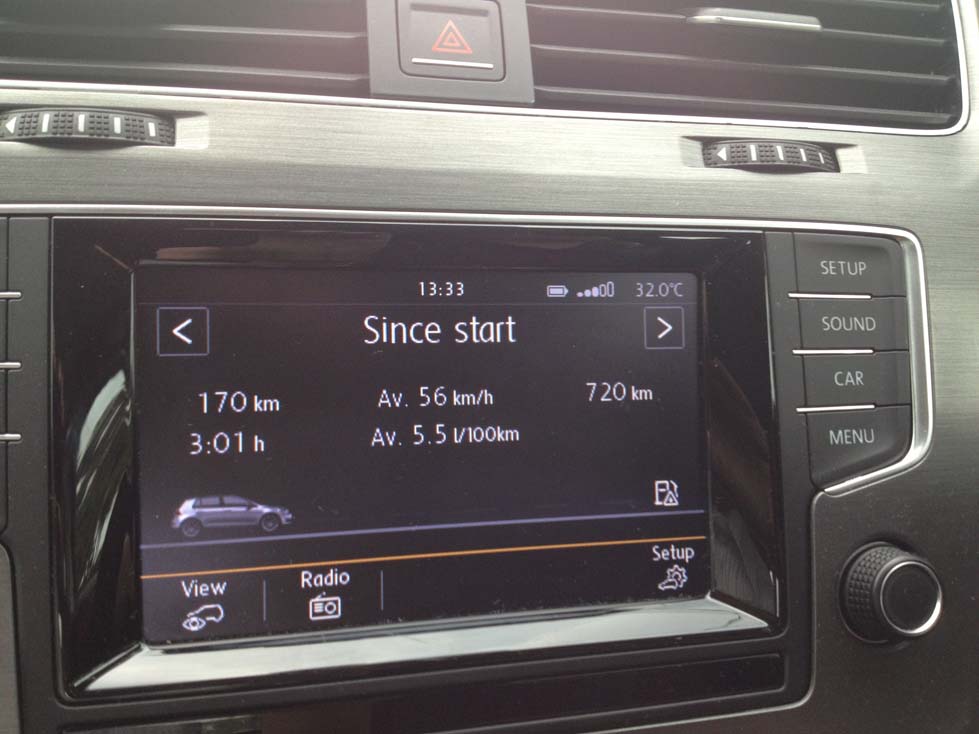
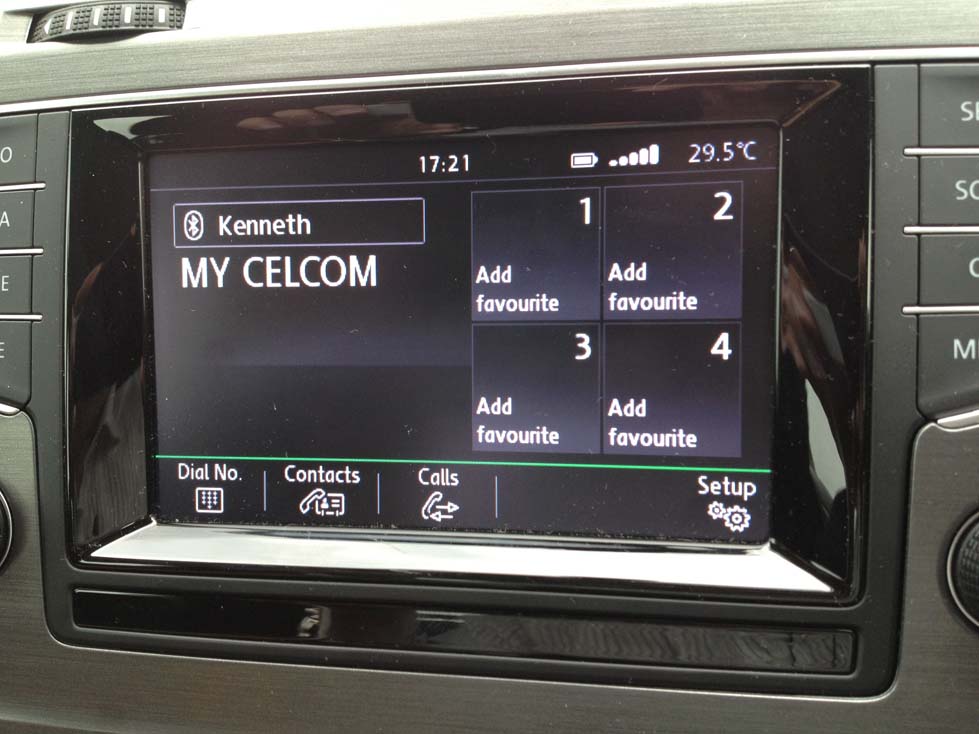
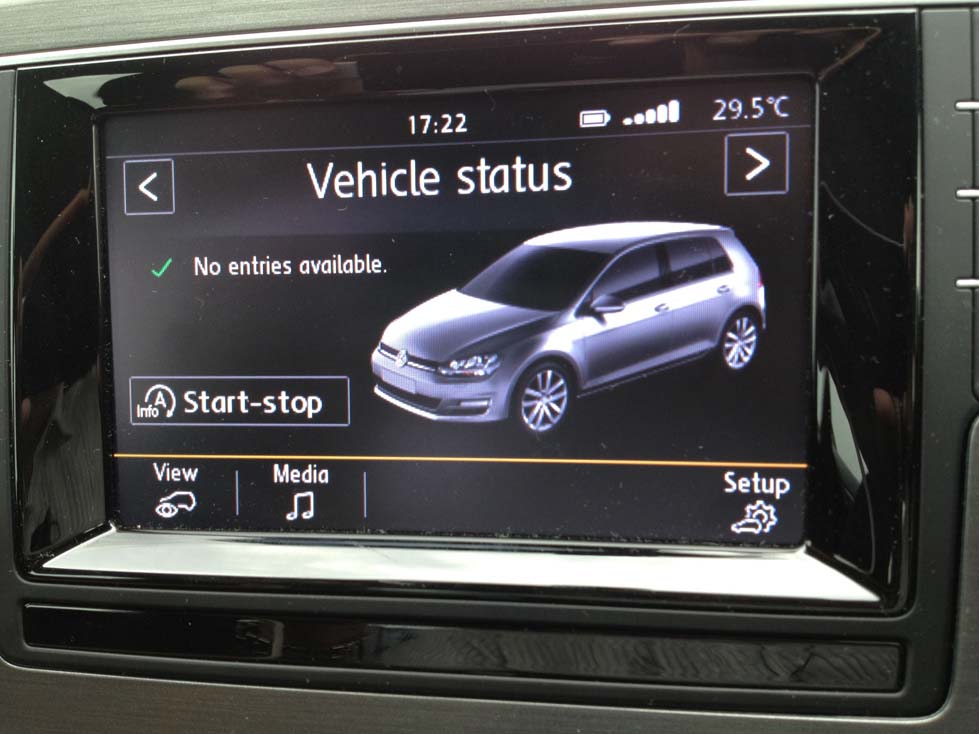
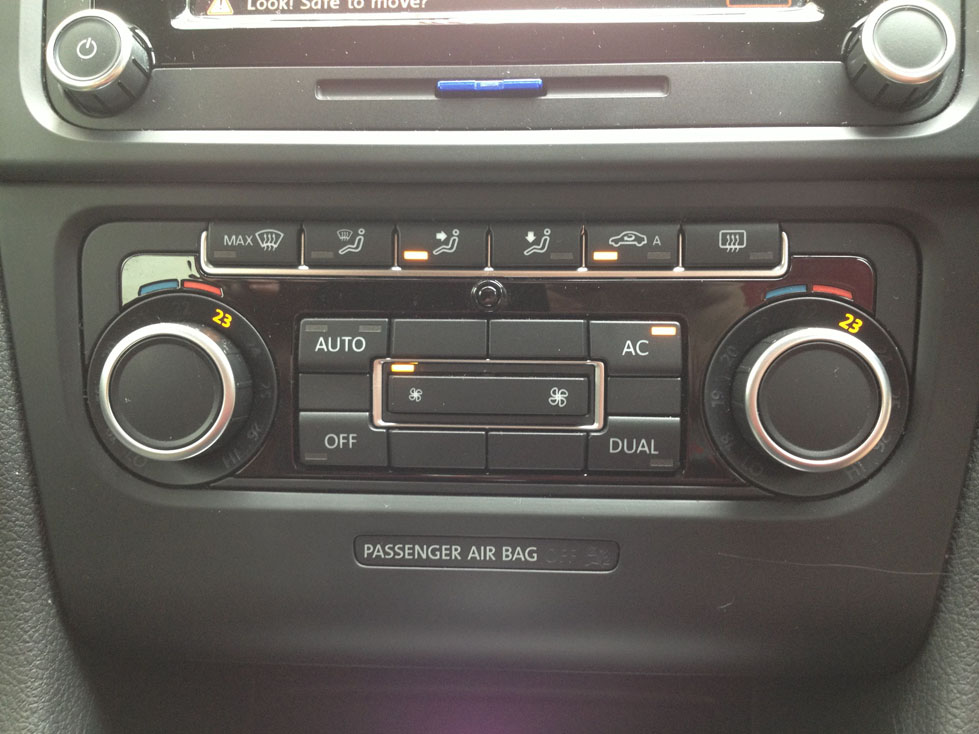
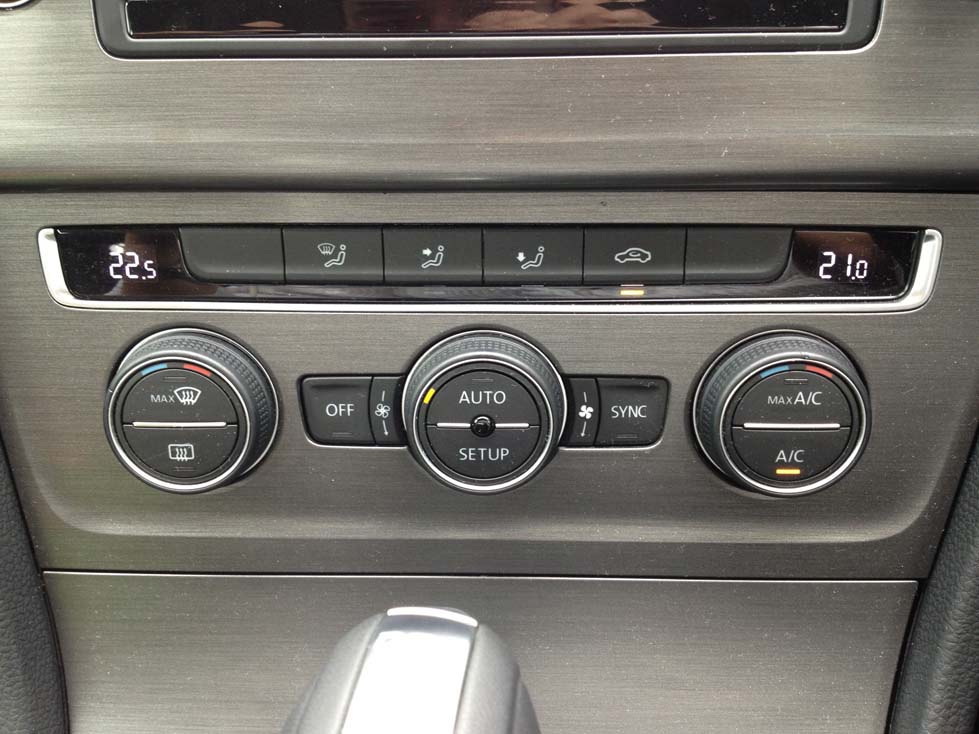
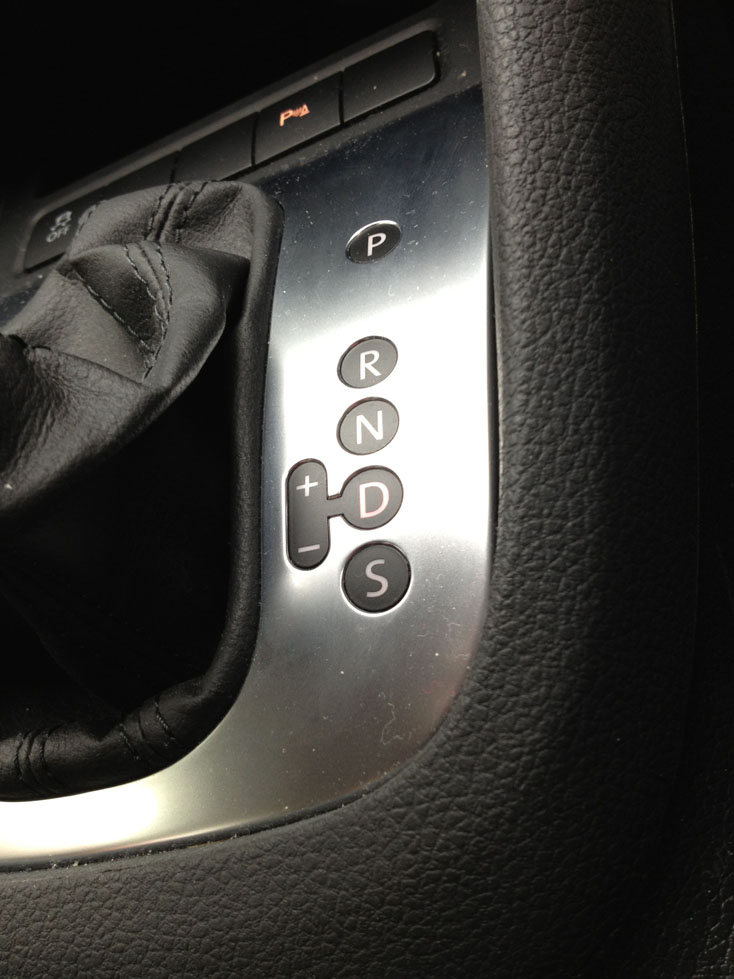

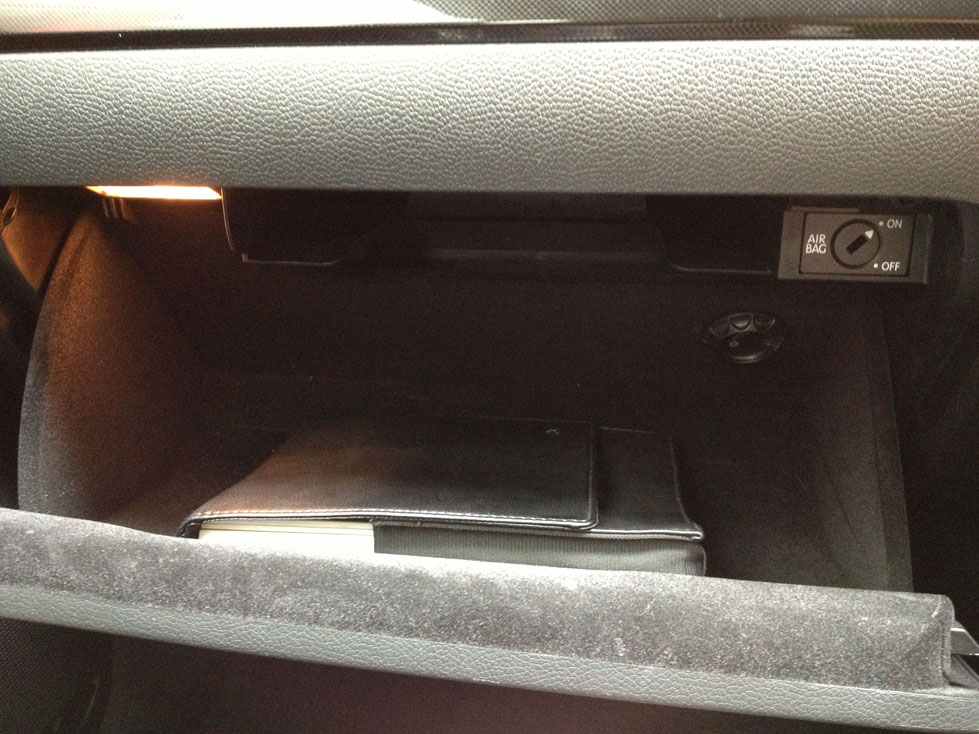
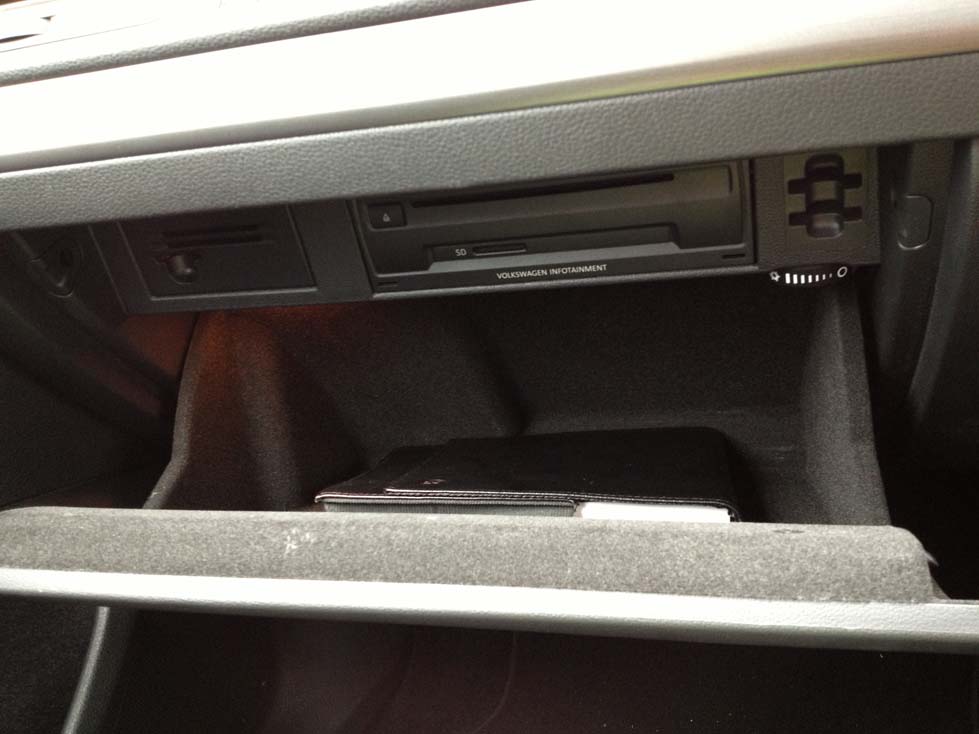





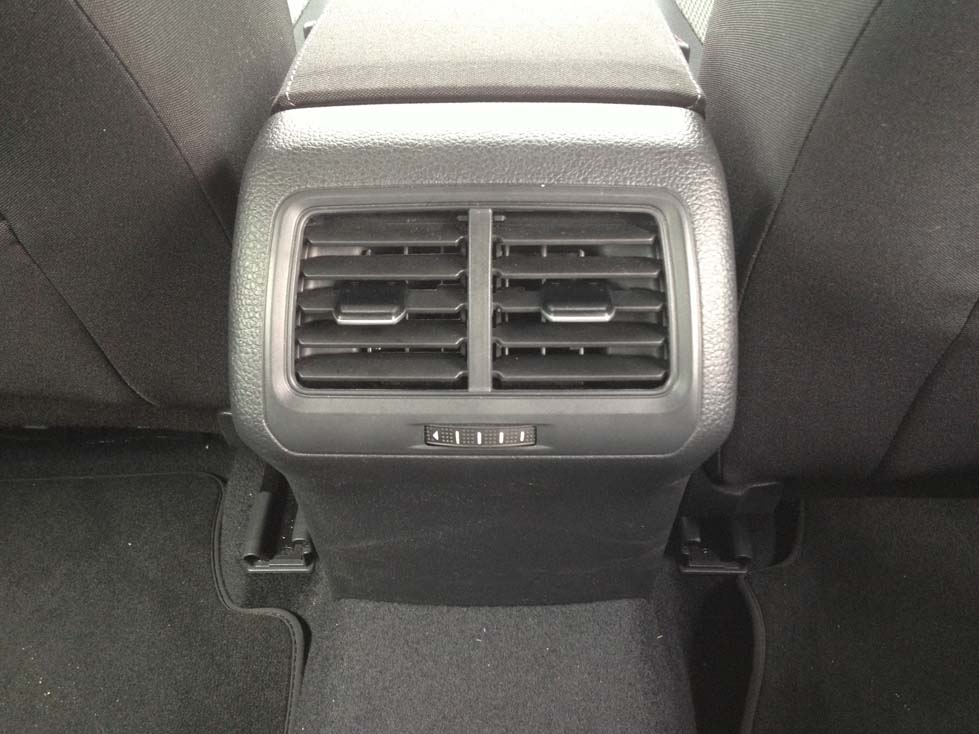
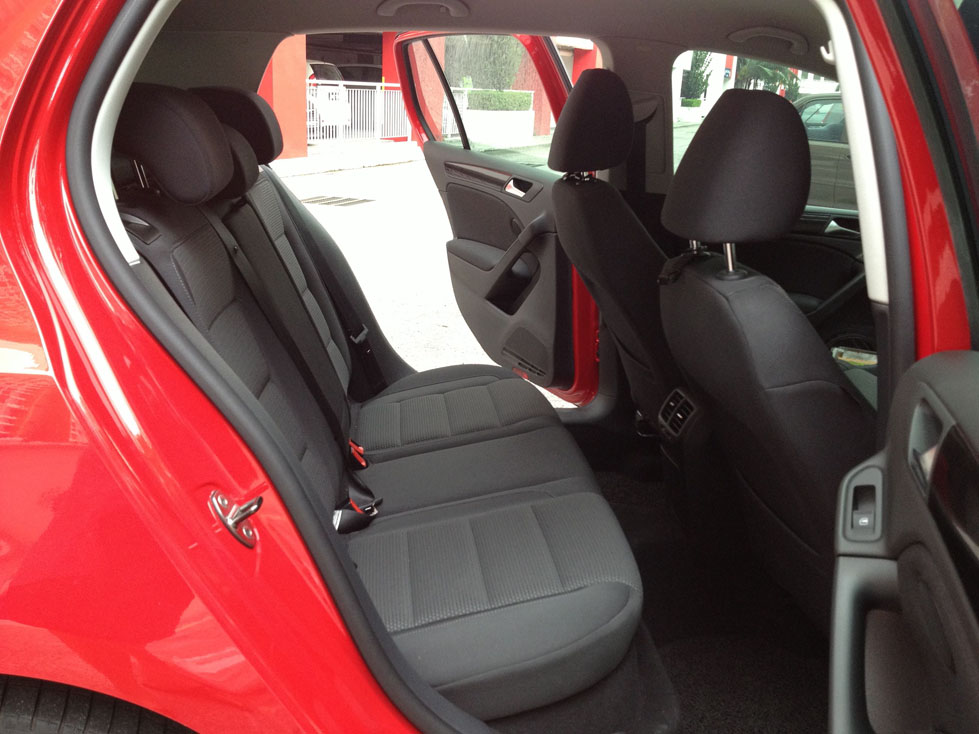
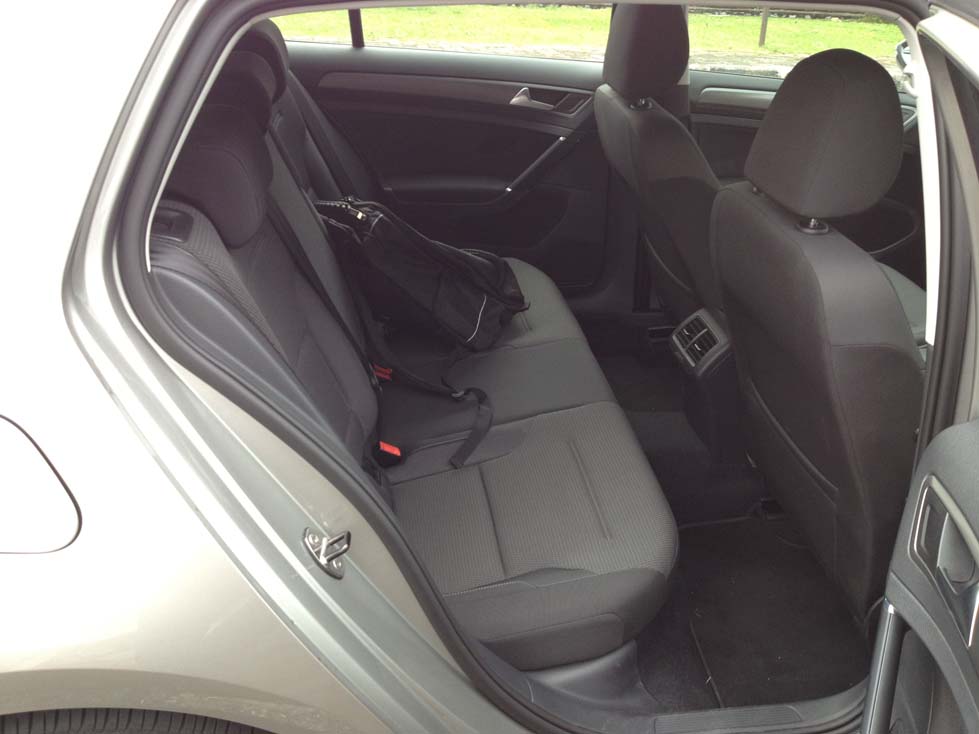

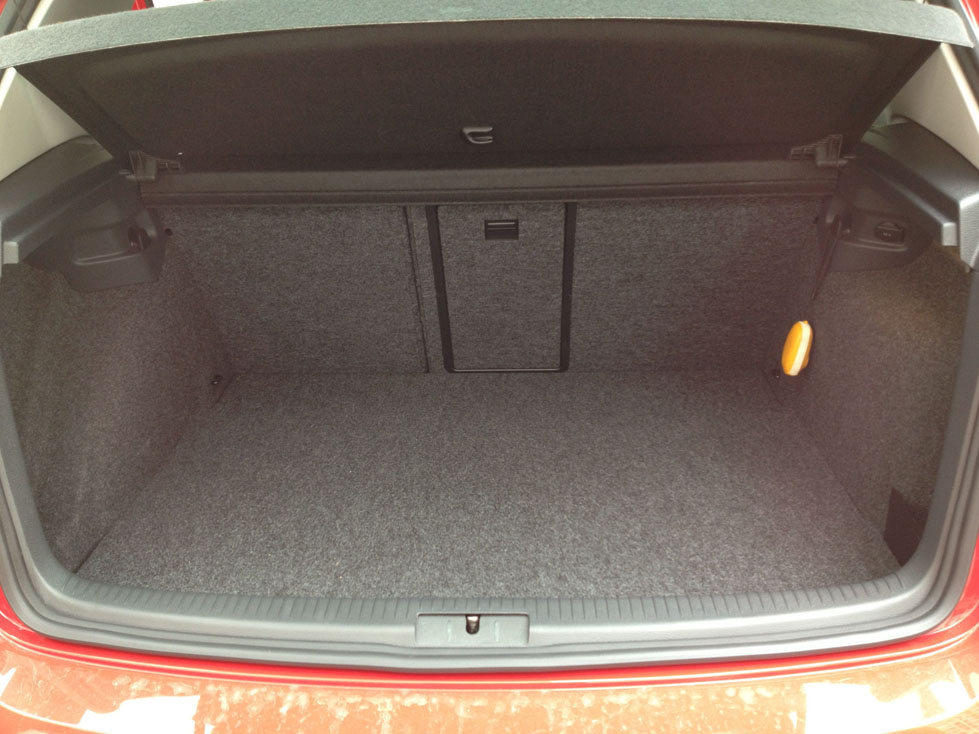
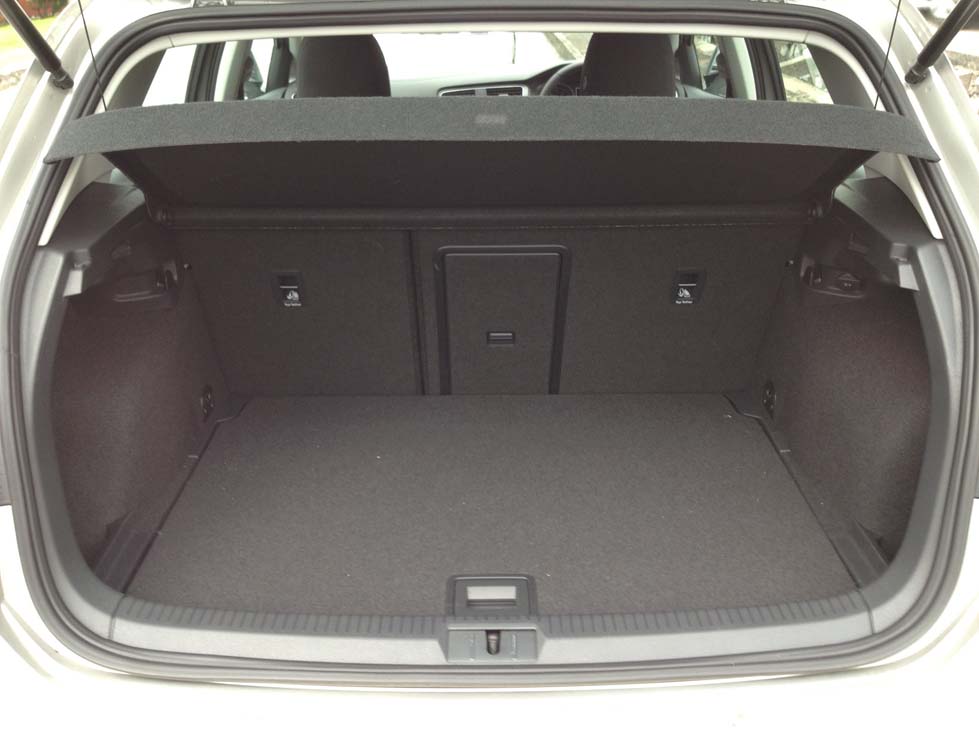
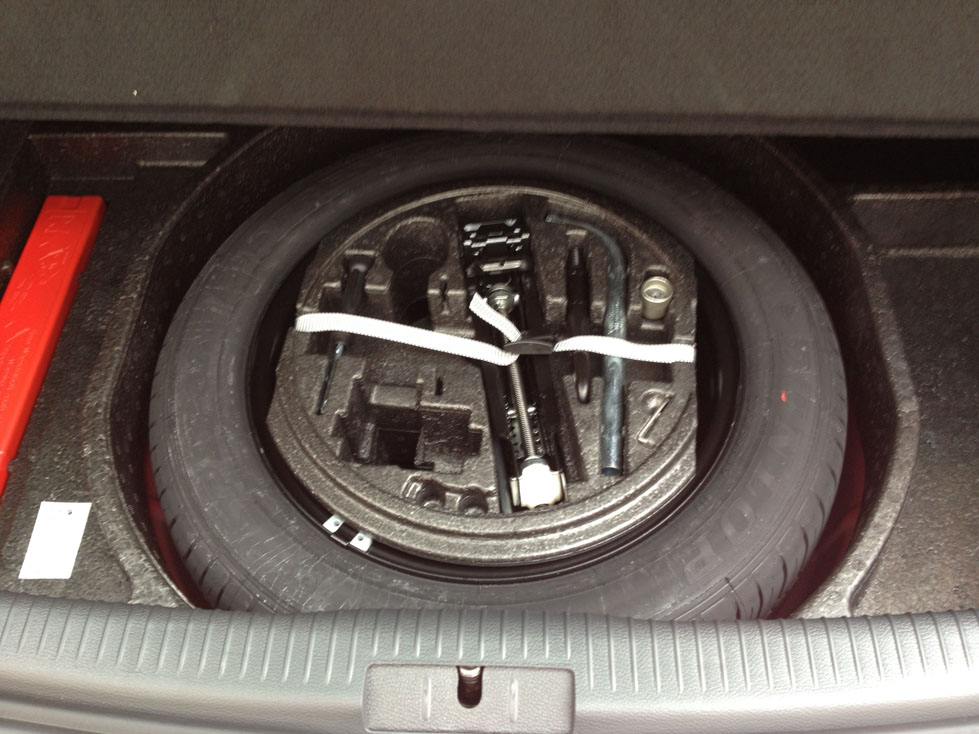
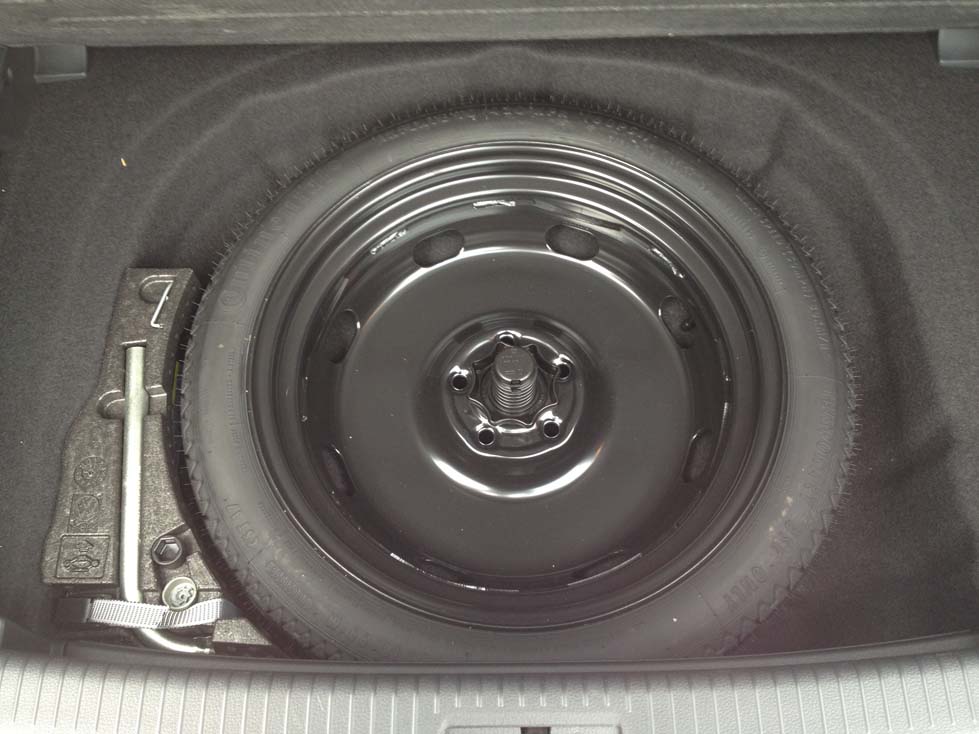
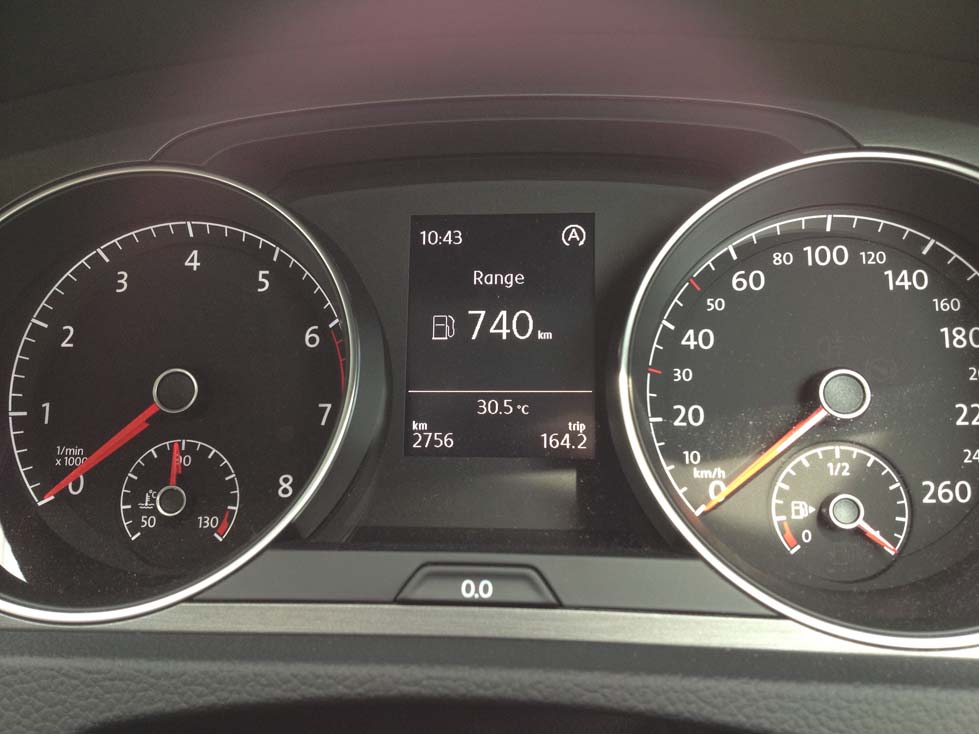
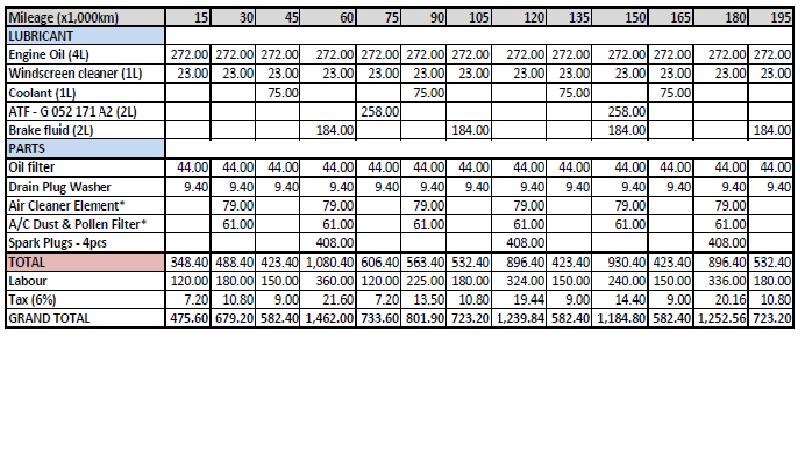
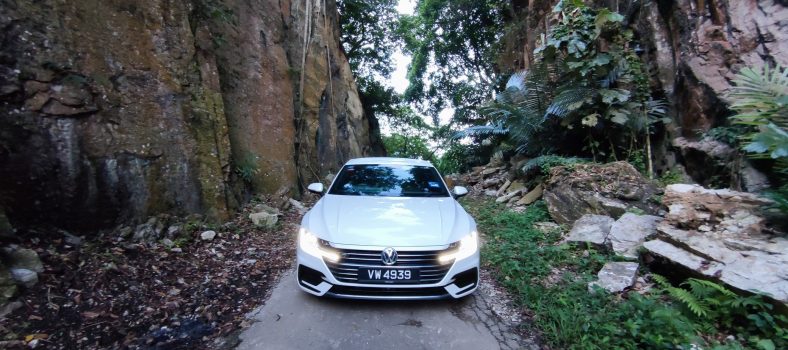

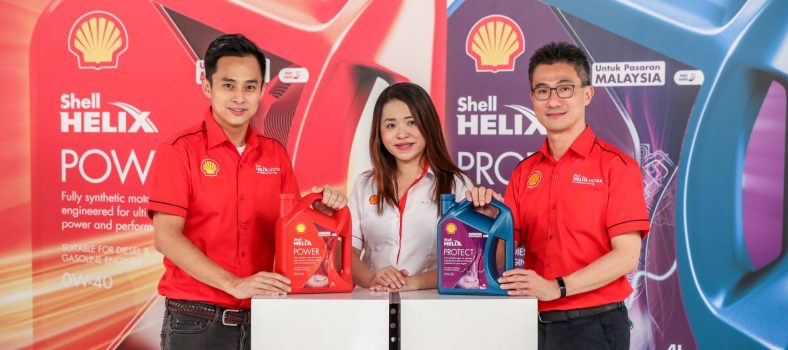
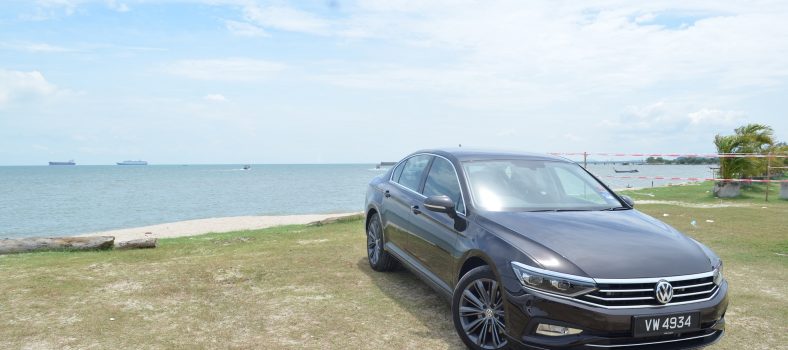
11 Comments
The XDS is present in the MK7. Not sure if the 6’s EDL is the same as the XDS in 7.
No, the XDS is not in the 1.4TSi although both Mk VI and Mk VII has EDL. EDL detects wheel spin and brakes the wheel individually. The XDS however applies brakes to the inside wheel at the corner to prevent it from spinning. One triggers during wheelspin, the other during fast cornering.
In vw Malaysia website it mentioned XDS is present in MK7. Misinterpretation?
Hmmm, good spot. You’re right …. even in the brochure, the XDS is also stated to be present. In other countries, the XDS has been clearly mentioned to be exclusive only in the GTi as was the case with the Mk VI. I shall do more digging at the service centres …. sorry for the earlier posting. Will verify the facts first.
UPDATE: It is confirmed that our local spec has XDS. No wonder it handles so much better. Credit and apology to Jg for contradicting earlier. Thanks for spotting the error, mate!
No problem. Also the A (auto start stop) sign is on the right top corner. Not left.
I m familiar as my wife got her mk7 😉
Nice! Enjoying it, no doubt
Usually people will say a polo is a scaled down golf and a jetta is a golf with a boot. Now looking at the new golf, its either a scaled up polo with a boot or a jetta without a boot. Mk5 golf still looks stunning especially in GTi form. This one will probably age just as well.
In term of looks, I prefer the mk6 a bit more. Or perhaps because all the options available currently to mod its looks 😀
Btw ken, how’s ur mk6 DSG holding up?
How much on our mk6? Mileage and year? E mail me.thanks.
IMHO I still prefers MK6’s GTI design, rather than MK7.
Is the DSG problem rectified in MKVII? Deciding to get one if the infamous problem is rectified.